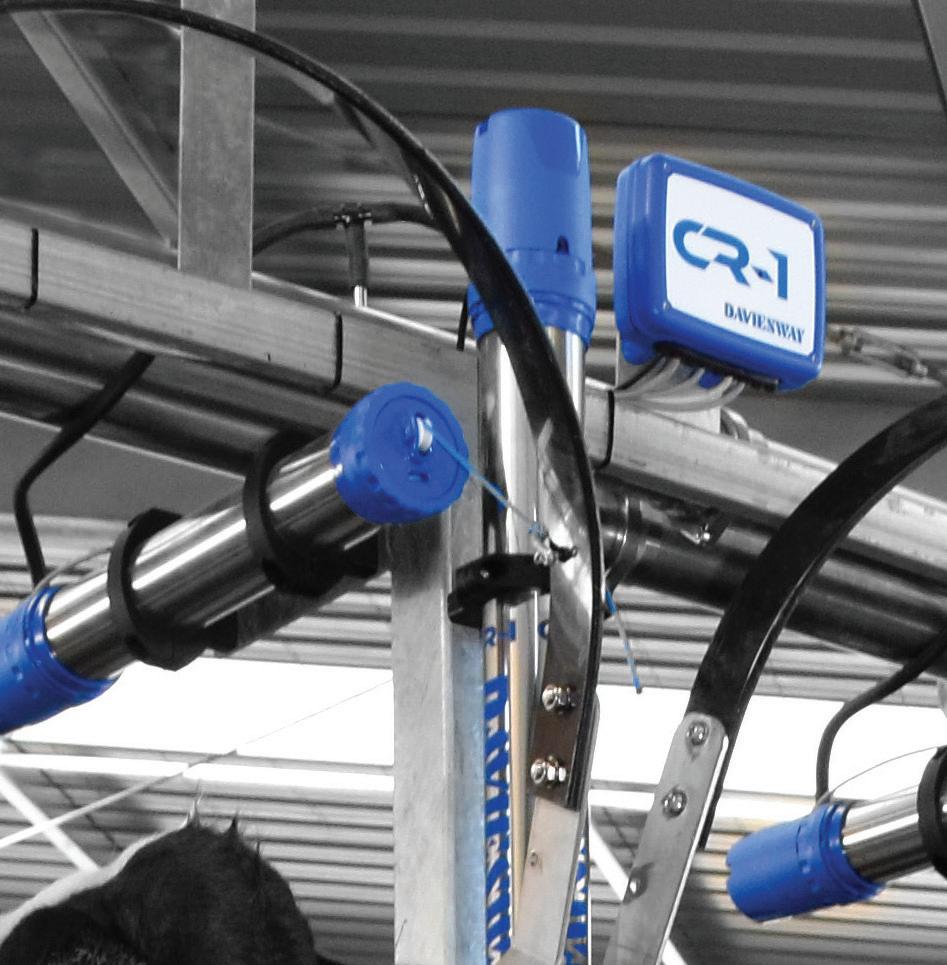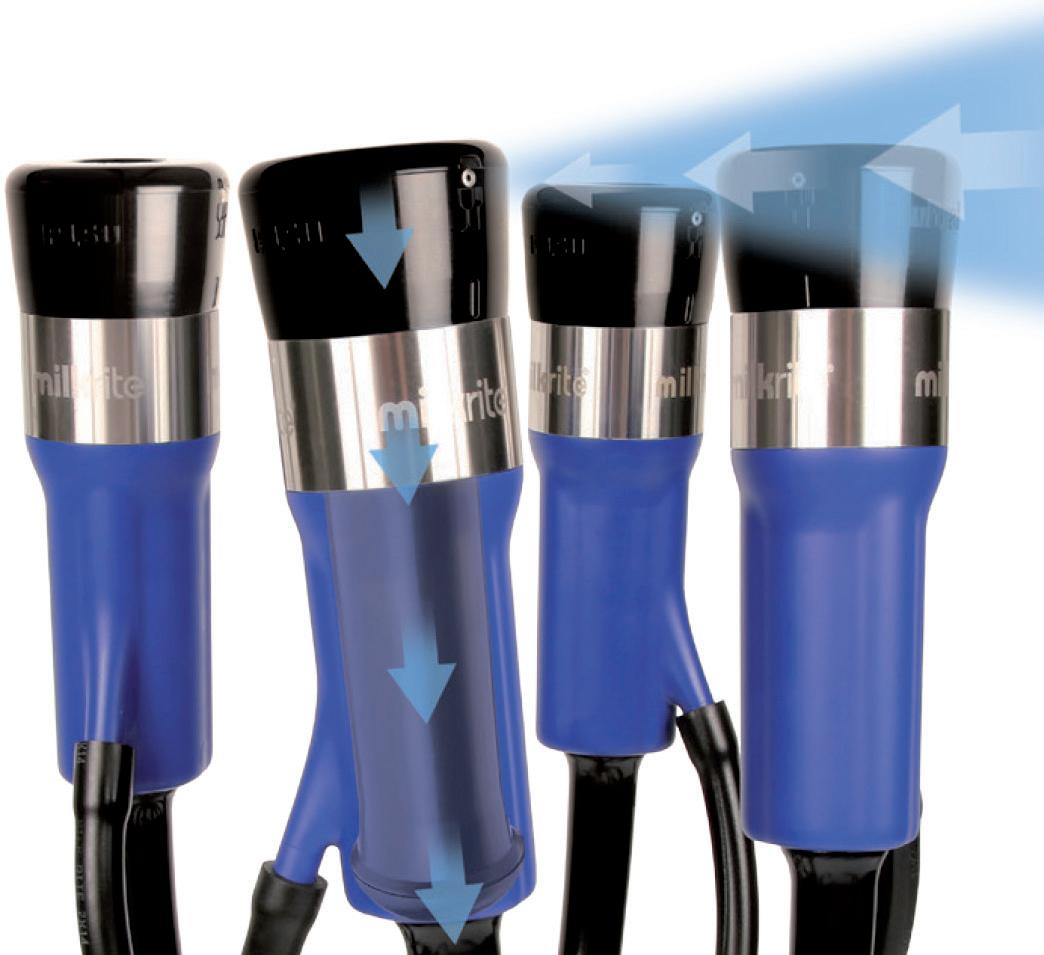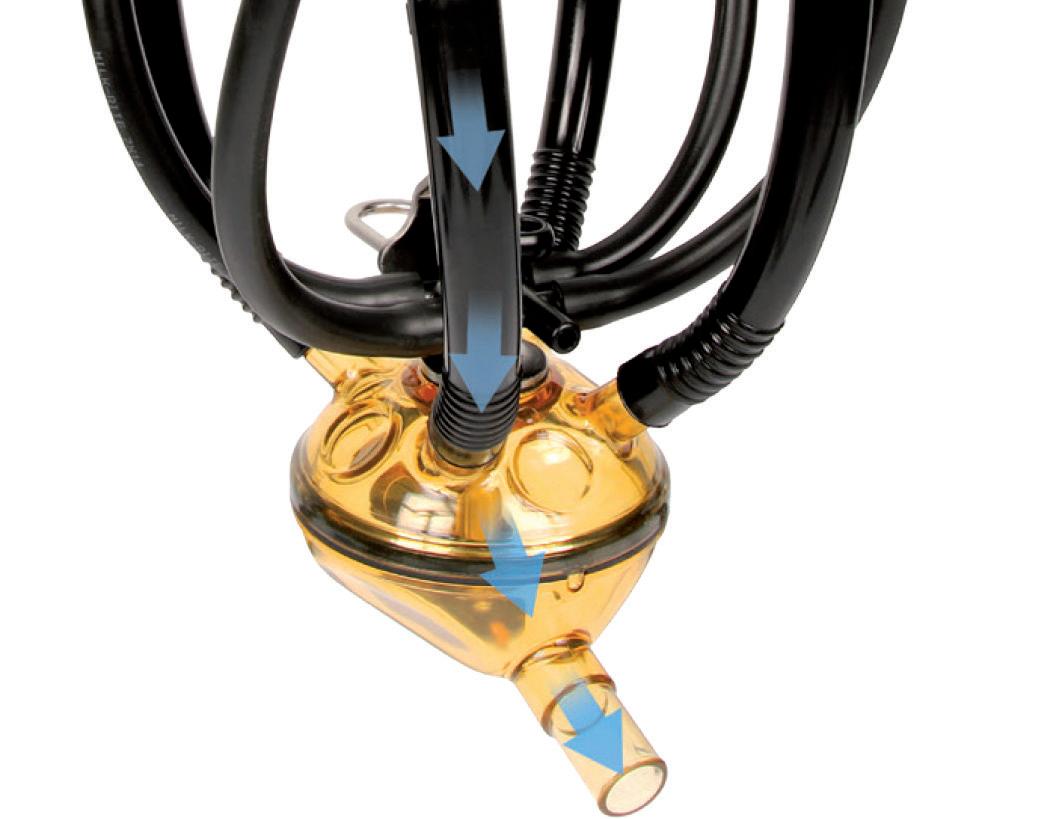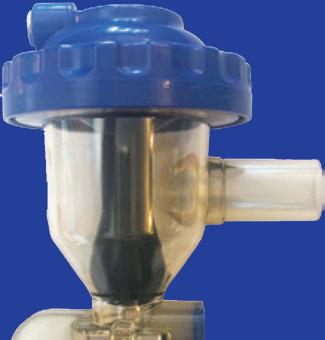































MY THOUGHTS are with the many communities across Victoria, NSW and Tasmania affected by damaging flooding.
On behalf of the Murray Dairy board and staff, I extend our deepest sympathies to flood-impacted communities, particularly dairy businesses and service providers.
For many of us, it is a devastating blow right off the back of what was to be a very promising spring harvest.
I recently read the quote, “we can’t direct the wind, but we can adjust the sails”.
I find this to be an apt description of the predicament many farming businesses are facing, as the focus must now turn to adapting to this unprecedented weather event and mapping a course of action to sustain dairy businesses heading into summer and beyond.
Of course, this can be an overwhelming prospect, with a number of decisions needing to be made in a relatively short period of time.
I would like to share a piece of advice passed on to me by a business mentor, which has helped me run my farm business over the years — especially in times of difficulty. Their
Murray Dairy is connecting flood-affected dairy businesses with advisers skilled in nutrition, agronomy and veterinary, as part of an ongoing offering designed to help the local dairy community navigate farm management decisions post-flood.

Taking Stock is a tailored, one-on-one program where dairy businesses can receive confidential support.
Murray Dairy regional extension officer Russell Holman will facilitate the program, which will provide support from experienced advisers around areas of seasonal planning and budgeting.
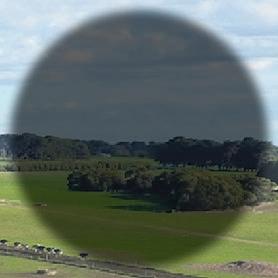
Russell said experiencing a significant weather event could be overwhelming.
“It can be an extremely stressful period and there are many things to consider and tailor in the dairy business to adapt,” he said.
“Taking Stock will help identify areas in the dairy business that may need support. We can then link in an adviser who can confidentially meet and answer any questions.”
The program is in its initial stages, with Murray Dairy contacting dairy businesses in the region.
“We are touching base with affected farmers currently to gauge the scale of


support needed across all flood-affected areas,” Russell said.
“Anyone who would like to then participate in Taking Stock can do so.”
Working with designated farm businesses, the adviser will conduct at least one in-person or online visit and provide a tailored action plan within 48 hours of the visit.

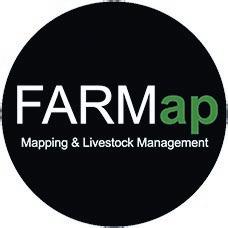
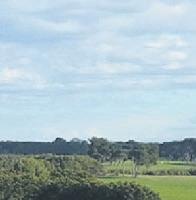
“A Dairy Australia extension officer from the Murray Dairy team will then follow up to offer ongoing support with the action plan,” Russell said.
“This will be a long-running program as we are well aware the impacts of flood events often alter the course of farm planning for some time.”
philosophy was, “a problem shared is a problem halved”.
A simple yet impactful reminder to share your troubles with neighbours, peers or advisers. Working with others can often help pave a way forward when it is difficult to find one, and often lends itself to a solution.
To aid this, the Murray Dairy team has engaged in a series of flood response offerings, designed to help dairy businesses navigate post-flood farm management and decisions.


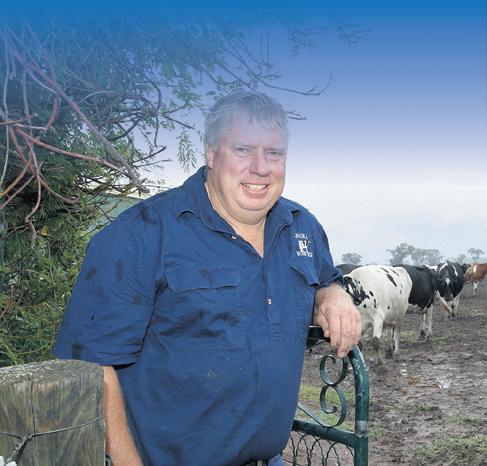
Neighbourhood meetings have been offered across the Murray Dairy region.


These meetings are an opportunity for flood-affected farmers to have an informal discussion with industry professionals about farm management. Topics are centred around agronomy, nutrition and animal health, with industry professionals present to answer questions and provide guidance.
Murray Dairy is also offering longer term support through the Taking Stock program.
Taking Stock is a tailored, one-on-one program where Murray Dairy connects dairy businesses to skilled advisers for a confidential
session on the topics of nutrition, agronomy and veterinary.
The adviser will conduct at least one inperson or online visit and provide a tailored action plan within 48 hours of the visit. An extension officer from the Murray Dairy team will then provide ongoing support with the action plan.
I strongly encourage dairy businesses looking for support with post-flood farm planning and budgeting to participate in this offering.
The Murray Dairy team has begun calling dairy businesses to touch base — through these calls you can sign up.

A dedicated Flood Response & Resources webpage has been added to murraydairy. com.au






This page houses animal and feed information fact sheets, industry webinars, events, key contacts, and support and wellbeing resources — all in one place. It is updated daily with latest information.
Andrew Tyler Murray Dairy chair Through the Taking Stock program, Murray Dairy is connecting flood-affected dairy businesses with advisers to help navigate farm management decisions post-flood.
Through the Taking Stock program, Murray Dairy is connecting flood-affected dairy businesses with advisers to help navigate farm management decisions post-flood.
“Taking Stock will help identify areas in the dairy business that may need support. We can then link in an adviser who can con dentially meet and answer any questions.”
The Nicholson family took a collective deep breath in 2019 when they faced a major challenge to their dairy business.
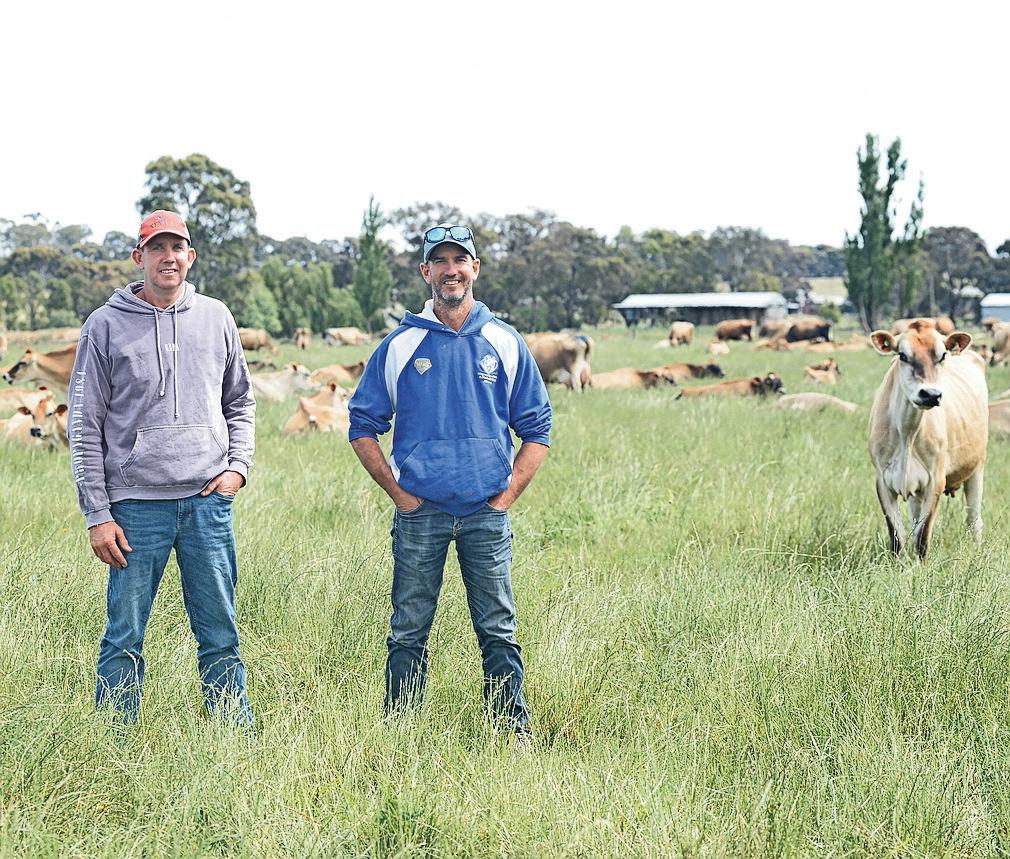
Dry conditions were demanding more water, the water prices escalated and milk prices were depressed.
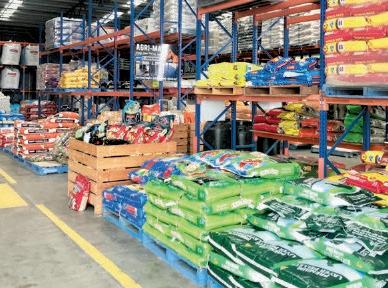

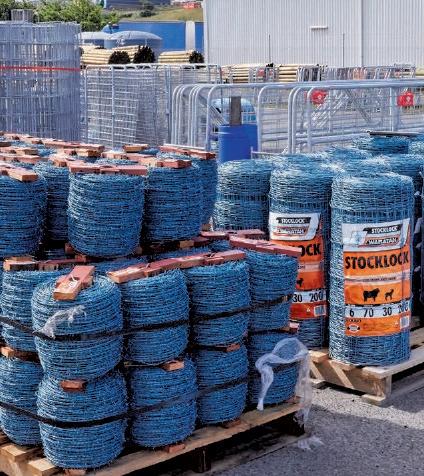
In the face of the crushing squeeze, the Girgarre family decided to sell most of their mature-age milking herd.
The Nicholsons had devoted many years to building up a high-production Jersey herd and were conscious of the weight of history, with more than 80 years since the Jugiong stud was first registered.
The Nicholson brothers, Pat and Brendon, had personally shown many of their leading cows in the show rings of Sydney and Melbourne — so the decision was not taken lightly.
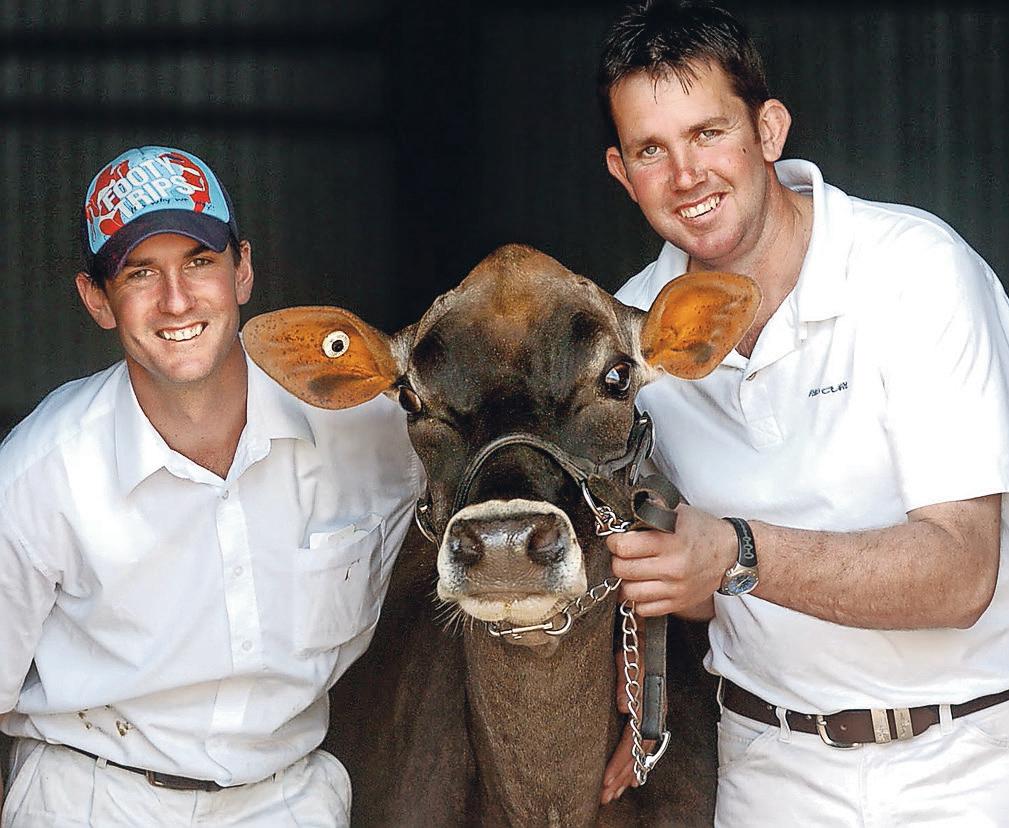
Although they loved their cows, they were painfully aware of the commercial imperatives and the need to secure the long-term future of the business.

As it turned out, it was — as Brendon described it — the best thing they ever did.
The sale of 253 cows grossed $700,000, a higher than expected return, and gave them a much-needed cash injection.

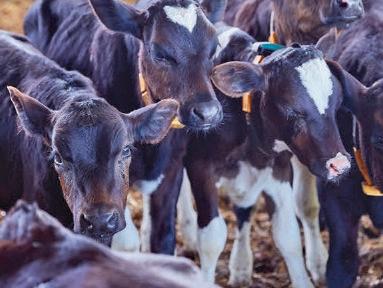

Today they are now milking the young stock they kept in 2019, and enjoying the benefits of improved seasons (apart from this spring’s floods) and a record milk price.
The family is this year celebrating 90 years since the establishment of their stud, and Pat and Brendon are committed to building on the Jersey herd.
Brendon said the family reached a point in the 1990s when they were questioning their loyalty to the breed.
“We had a conversation about whether we could keep farming and milking Jerseys,” he said.
The answer came in the availability of superior genetics from North America, which continued to lift the production performance.


Pat argues Jerseys are simply the most efficient way of converting a kilogram of feed into milk solids at the other end.
The fourth generation in Jugiong, the two brothers developed an interest in cattle showing in the 1980s and continued the stud’s show legacy, first developed in the 1960s, when they began showing at the Melbourne Royal Show.
The teenagers took to the parade rings in regional shows and in the 1990s became regulars at International Dairy Week, hardly missing a year.
The major highlight came in 2006 when they took home the IDW Senior Champion ribbon with Jugiong Prudence 108, and at the Melbourne Royal Show in 2012 when they paraded the Senior Champion Dairy Cow, Craigelea Avery Silky EX91.
The Jugiong stud, established in the Western District, was registered with the Jersey breed society in 1932
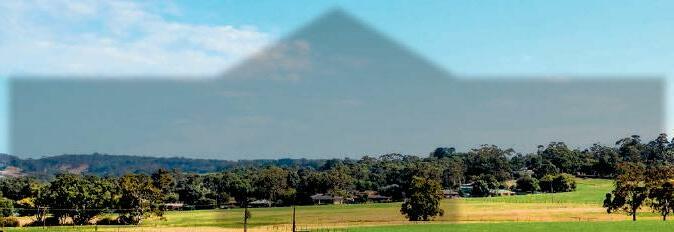
The Nicholsons are publishing a small history book with the title, Veronica’s Legacy, a tribute to their ancestor Veronica Nicholson, who bought the first Jersey cattle which became a foundation for the Jugiong stud, named after the small NSW town on the banks of the Murrumbidgee River where she grew up.
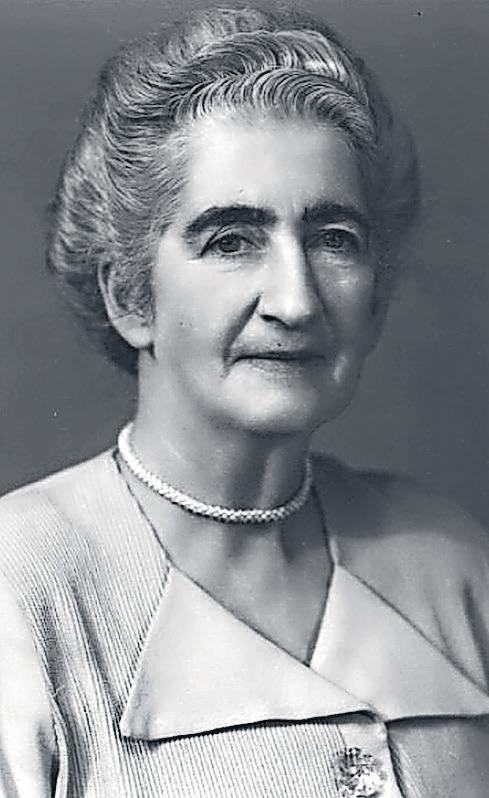
The book started its life as a history sheet, then a pamphlet, then became a 66-page book, as the family uncovered more fascinating background.
The Nicholson family moved the stud from Moyston to Girgarre in 1973.
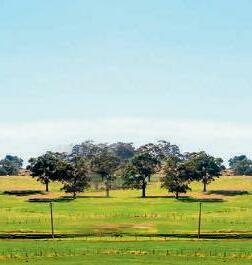
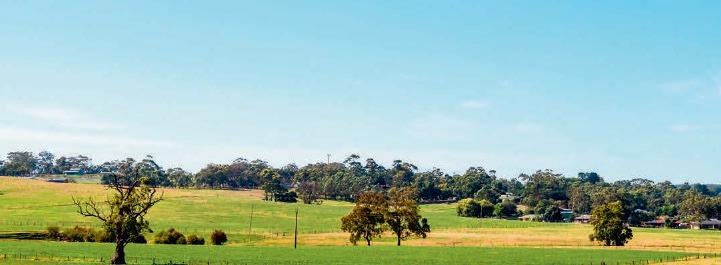
Today the Nicholson brothers are farming on about 200 hectares in Curr Rd, with a herd of 450.
 Pat and Brendon’s great-grandmother Veronica Nicholson
Pat and Brendon Nicholson on their Girgarre farm.
Pat and Brendon’s great-grandmother Veronica Nicholson
Pat and Brendon Nicholson on their Girgarre farm.
IMPORTANT QUESTIONS around tackling flood-induced shortages in quality feed were among the top points discussed by agribusiness advisers at the Murray Dairy 2022-23 Summer Feedbase Planning event in Echuca on October 16.
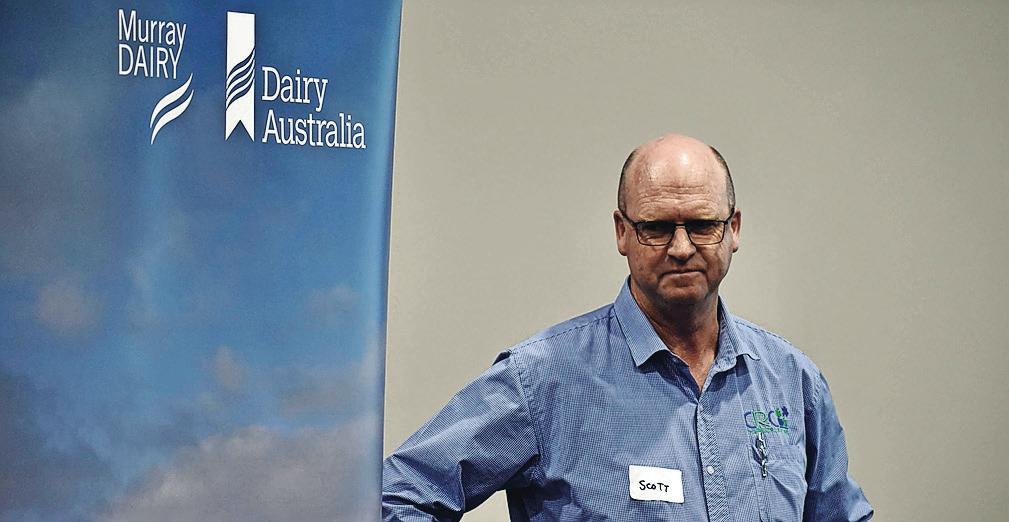
Attended by more than 20 farmers and service providers, the event was a forum for skilled advisers in feedbase and nutrition to share perspectives on how to fill the feed gap caused by ongoing wet weather and flooding in Victoria and NSW.
Murray Dairy regional extension officer and event co-ordinator Natalie Eckert said despite the disappointing end to the spring harvest season there was hope heading into summer.
“Despite the many challenges faced by Murray region farmers due to flood impacts, it is important to share the message that there are options to overcome shortages in quality feed. That is the takeaway from this event,” Ms Eckert said.
She said the single most important thing farmers could do was employ a trusted local adviser to identify immediate feed gaps and find solutions.
“This season presents opportunities to produce home-grown summer forages, utilising the added benefits of low water price, the soft start to the season and ample seed supply,” MsEckert said.
Throughout the session, attendees heard
presentations from silage and seed specialists and a nutritionist.
Pioneer Seeds silage specialist and Murray Dairy board director Jason Scott emphasised the importance of setting silage goals prior to sowing.
“Engage with contractors, nutritionists and agronomists to ensure they are aware of your goals and what you want to achieve,” he said.

Mr Scott also shared his professional recommendation that dry matter (DM) should be between 35 and 38 per cent.
Pacific Seeds territory manager Dan Rolls advised forage sorghum should be planted at a depth of 3cm to 5cm with a press wheel to ensure good seed to soil contact.

Mr Rolls also reminded attendees that seedbed preparation was integral to ensure establishment.
To round out the discussion, CRC Agrisolutions director and nutritionist Scott Rathbone reinforced the need to plan for the next 12 months, understand the quantity of feed needed for this period, and to class feed into groups of stock.
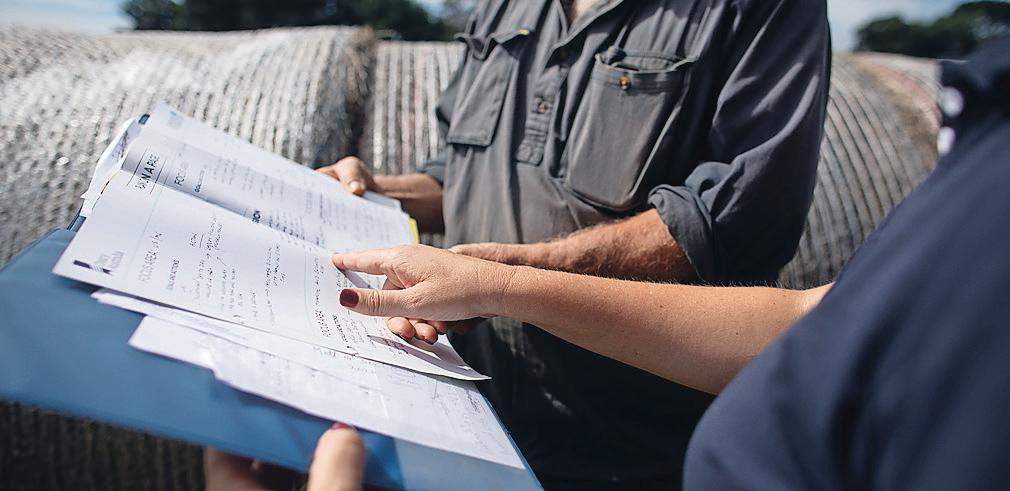
“Don’t ever get yourself into a position where you need to dramatically change the diet to introduce large quantities of a new feed source to your herd,” Mr Rathbone said.
For more information about summer feedbase planning, head to: murraydairy.com.au
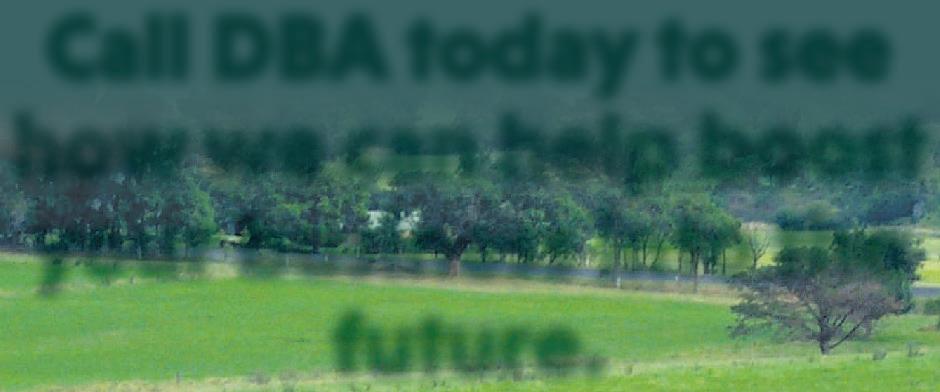

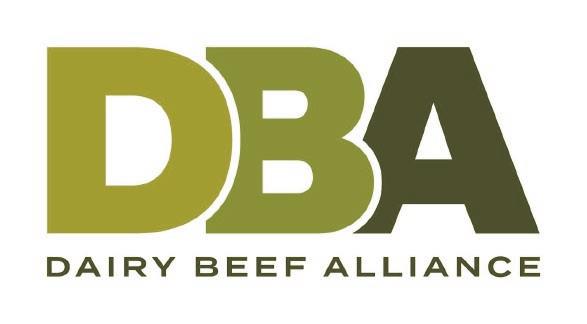
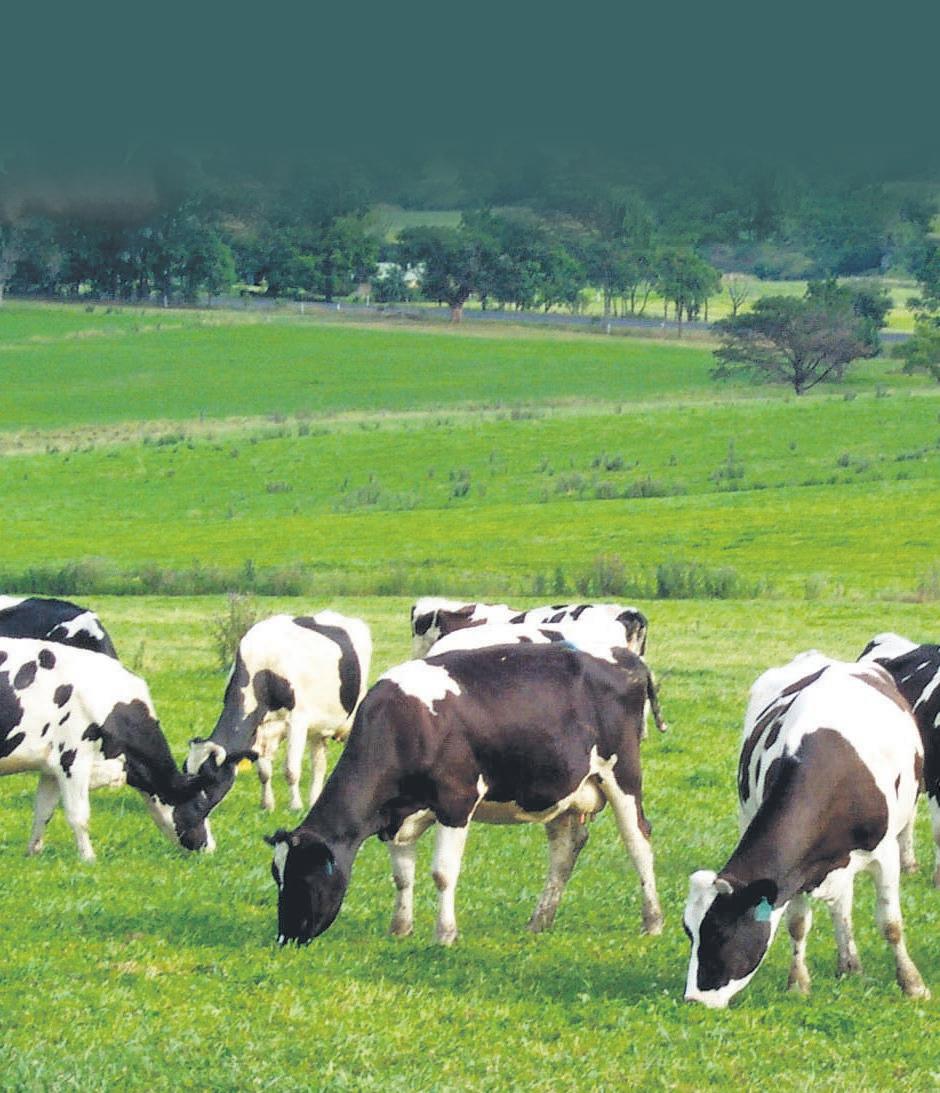
Energy Safe Victoria is reminding Victorians to be aware of the heightened risk of trees falling near powerlines following recent heavy rain, particularly in windy conditions.
Victoria has experienced a consistent deluge during October and November, with much of the state impacted by floods and other rain damage.
“Every time the we experience heavy rain and extreme wind, the chances of trees and vegetation becoming unstable rise,” Energy Safe Victoria chair and commissioner Marnie Williams said.
She said if Victorians were concerned about an unstable tree near powerlines, the best thing to do was report the location of the tree to the electricity distribution business that operated in that area.
Energy Safe Victoria is also reminding
Victorians to remain eight-to-ten metres from fallen powerlines, as they may still be live.
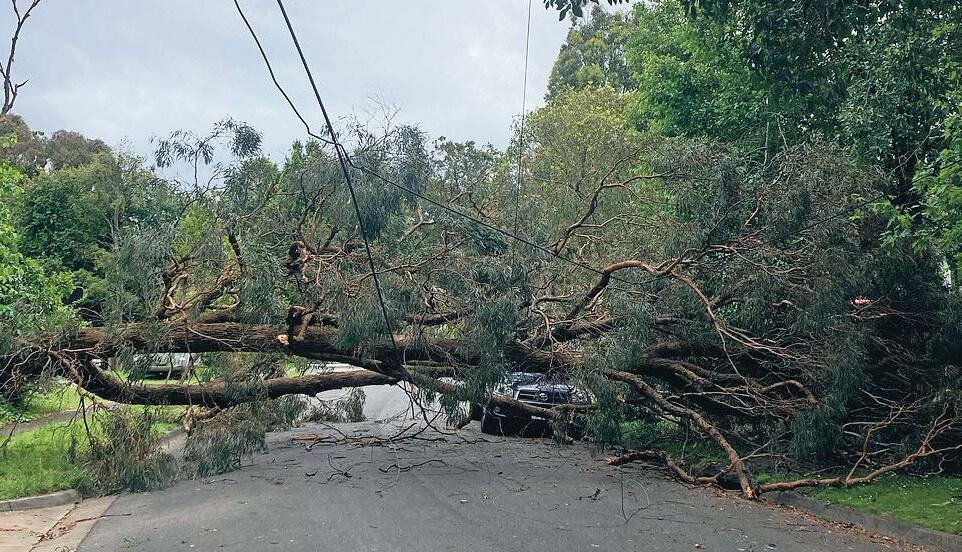
Always treat fallen powerlines as live even when they are broken or damaged.
Energy Safe Victoria is responsible for regulating electricity companies (responsible for powerlines on private land and regional public land) and councils (urban public land) to ensure trees are within safe distances from powerlines under the Electricity Safety (Electric Line Clearance) Regulations 2020.
To highlight the dangers of trees being too close to powerlines, Energy Safe Victoria has produced a short animation, which alerts the community to the line clearance responsibilities across Victoria.
For more information, go to: www.esv. vic.gov.au
Beware of trees near powerlines after floods and heavy rain. Scott Rathbone reinforced the need to plan your feed requirements for the next 12 months.Ridley have been your animal nutrition partner in Northern Victoria since 1987. Year-in and year-out, we've been on farm with local livestock producers from Benalla to Swan Hill. We're not just nutrition specialists - we're locals too. We understand farming in Northern Vic and we're committed to helping you boost productivity and profitability, supported by a team of the best technical experts in the business. For the best nutrition for your animals, trust your farm to the team that's been supporting farmers for over 30 years.
To get in touch with your local Ridley rep, give the Team a call on 1800 832 644.
Fiona spent her early years on the family dairy farm in the Gouldburn Valley before heading to University where she gained her Bachelors in Ag. Science.
Working in animal nutrition and health focused roles with vets and farmers, Fiona has developed a deep understanding of what it takes to achieve success on farm. In her spare time, Fiona runs a few head of beef on her small acreage and enjoys western competitions with her quarter horses where they compete in cutting.
Kristen and her family are proud Bendigo locals. Having spent the last 8 years working in various departments at our Bendigo Mill, Kristen has developed a strong understanding of feed manufacturing.
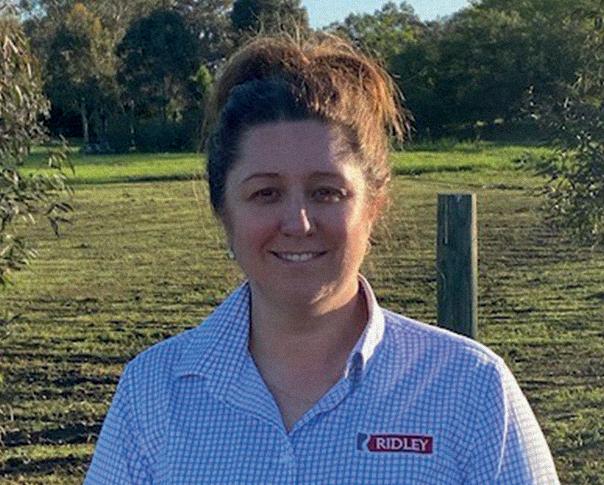
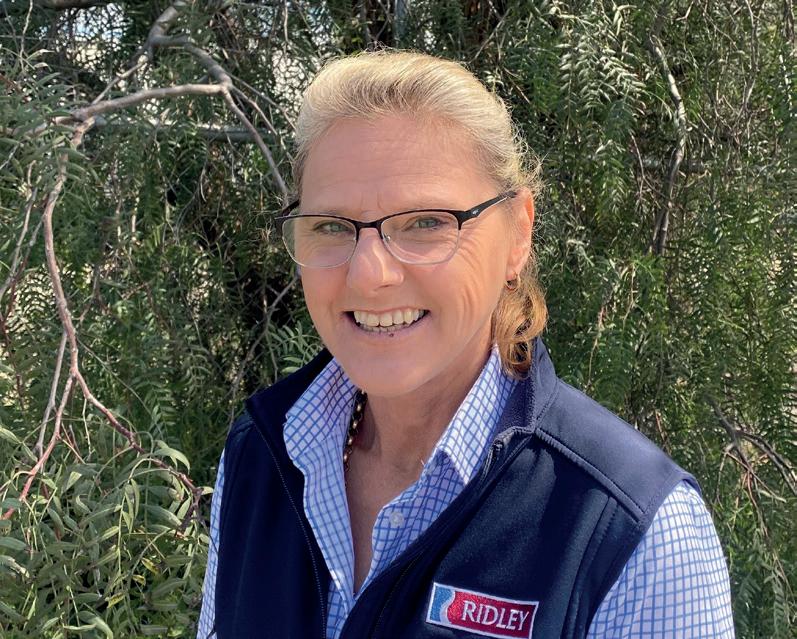
Kristen combines this knowledge with her customer service skills to provide high levels of support to our customers. In her spare time Kristen is actively involved in her kids sports and spending time horse riding.
Cameron Ingram is the newest member of the Stockfeeds team in Victoria. Cam brings with him 16 years of experience in all things animal feed including field services, sales, commercial and key account management.
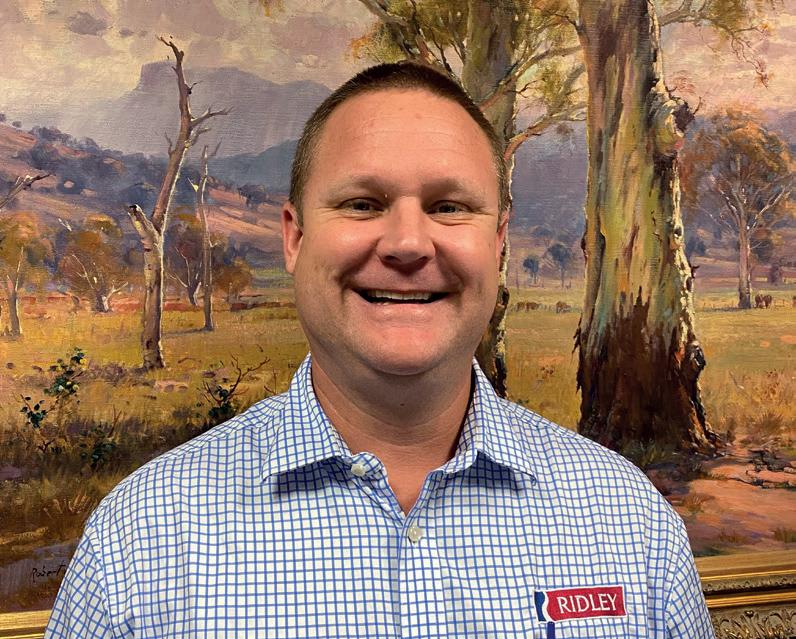
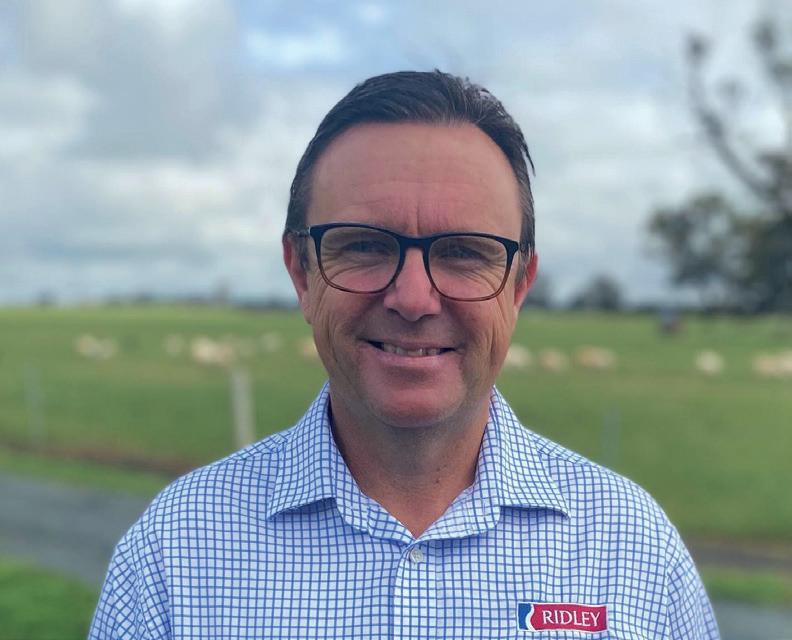
When not working with our customers to better their ROI, Cam can be found getting his hands dirty in his garden or restoring small engine gardening equipment.
Chris has been supporting our ruminant customers in Northern Victoria for over 15 years. Prior to this, Chris was honing his farming skills running the family farm at St Germains near Kyabram.
Chris, along with his wife and kids, are currently running 350 Australian white ewes on the family farm. In his spare time Chris is heavily involved in his kids' junior football and netball teams. He is also an "enthusiastic" Moto X mechanic.
Andre has over 30 years' experience providing technical nutrition support to dairy, beef and sheep farmers, both locally and internationally.
This wealth of knowledge is supported by the practical know-how he's gained managing his own farm in northern Victoria.
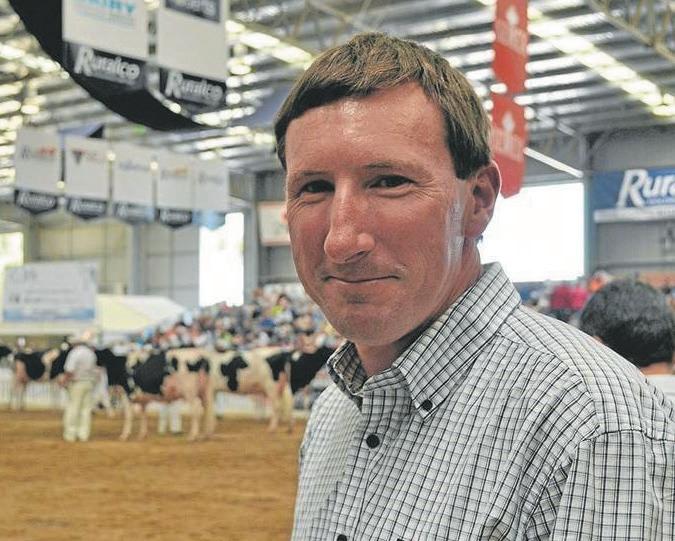
THERE WAS not a Snapchat or a TikTok getting a look in at the Finley High School Ag Plot, in southern NSW, the day Dairy News dropped by.
Instead, the conversation was around sheep genetics, feeding rosters and cattle handling techniques.
The magicians behind this scene are Gary Webb and Robyn O’Leary, the agricultural educators who for 35 years have been the consistent driving force behind Finley High School’s success in agricultural studies and animal showing.
That success was etched into the history books recently, with the Finley High School show team scooping up Interbreed Champion Ram at the 2022 Melbourne Royal Show sheep competition.
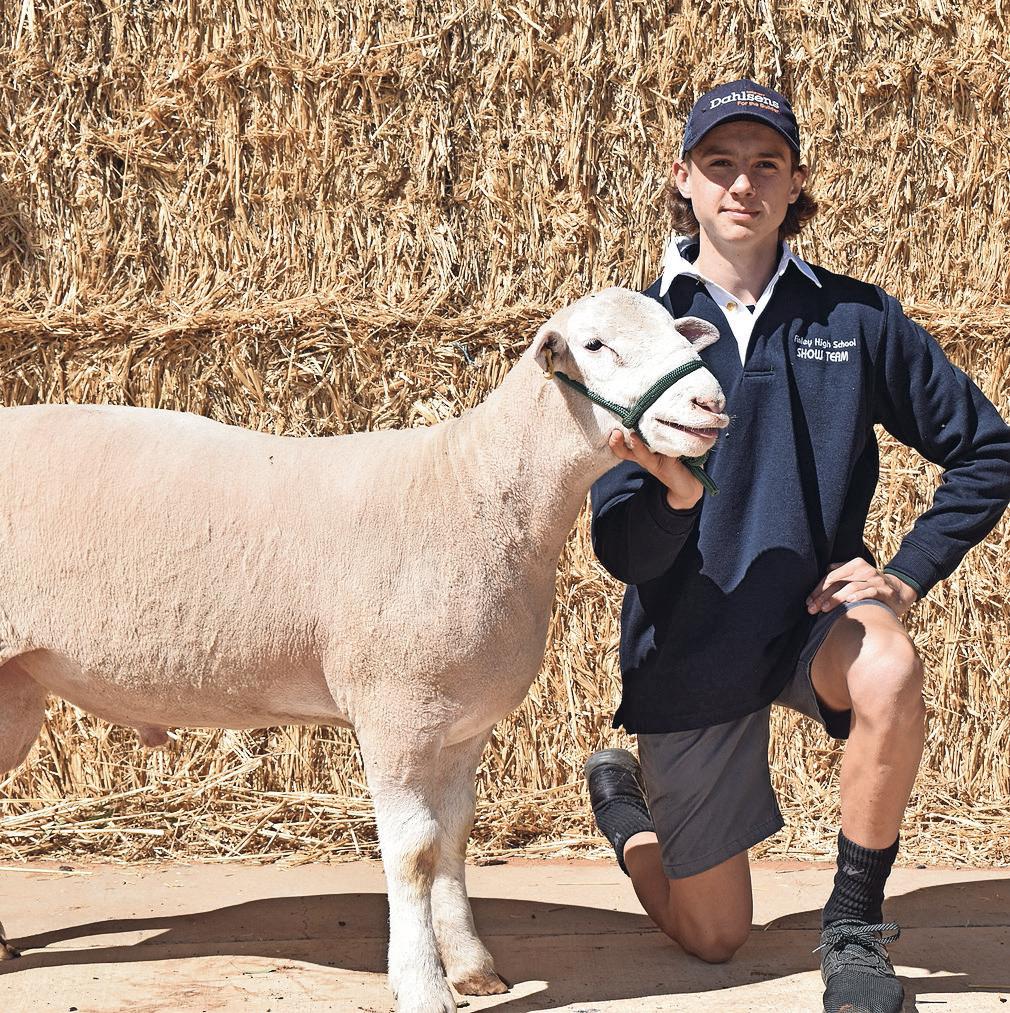
The team also came home with Champion Carcase, Reserve Senior Champion Shorthorn Bull and Junior Intermediate Champion Handler ribbons.
But according to those at the helm, ribbons and industry prestige are not the main motivators behind this program — student wellbeing is.
Principal Jeff Ward, the son of a Blighty dairy farmer, has a soft spot for agriculture and is a big supporter of the learning that happens outside the classroom.
“Without Gary and Robyn, the Ag Plot would fall apart. Good schools evolve through committed teachers,” Jeff said, as students ranging
from Year 7 to Year 12 began expertly moving cattle and sheep around the yards.
Of the 340 students who attend Finley High School, one third of them are undertaking some sort of agricultural study; whether that is Agriculture in Year 8 to Year 12, Primary Industries in Year 11 and 12, or Agri Foods.
The show team, involving 50 students, travels to the Melbourne, Sydney and Canberra shows and, unsurprisingly, there are strict criteria to join the team.
“We turn kids away if their behaviour needs to improve. You need to work hard to be accepted,” Robyn said.
Gordon Close, the Ag Plot assistant, is responsible for animal welfare across the nine-hectare block and takes great pride in seeing students thrive in a farm setting, regardless of whether they are from town or off farms.
“In my 15 years in the job I have seen huge improvement in a number of kids because of their involvement in ag,” Gordon said.
“They might have terrible trouble in class, but they are centred at the Ag Plot. The life skills they learn here builds confidence and self-worth.
“It’s more than feeding sheep — they learn teamwork, leadership and responsibility.”
Talking to the diverse mix of students gives you hope that the future for agriculture in the southern Riverina is bright.
The students handle a mixture of Poll Dorset (bred from the Frost family’s ‘Hillden’ stud) and French Composite cows as they discuss
Bio-Boost delivers systemic NPK & Trace Elements economically!
Bio-Boost Cal/Mag is specially formulated for low Calcium/Magnesium soils to increase leaf size and productivity. Using a highly soluble source of calcium like Cal/Mag 5:1 can quickly remove harmful sodium salts from the root zone, establish valuable calcium, magnesium and nitrogen levels, provide proper nutrition for rapid recovery and vegetative regrowth.
Bio-Boost NPK Foliage Spray is high in energy, with premium levels of Phosphorous, Nitrogen, Potassium and trace elements for good pasture or crop nutrition. Within seconds of application the spray starts to work systemically, helping to correct deficiencies and improve the health of pasture. Reduces the need for supplements, helps with weight gain and productivity.
An excellent natural agent for fast pasture recovery
Bio-Boost NPK Foliage Spray travels right to the roots to compensate soil ‘lock-up’ and deficiencies in pasture and crops.
Call 1800 809 229 for more info or visit gfssolutions.com.au
And without the problems associated with bad bacteria - like blocked pump nozzles, unpleasant odour, low nutrient content, and run-off. How do you beat bad bacteria?
Bio-Boost Cal/Mag is specially formulated for low Calcium/ Magnesium soils to increase leaf size and productivity. Using a highly soluble source of calcium like Cal/Mag 5:1 can quickly remove harmful sodium salts from the root zone, establish valuable calcium, magnesium and nitrogen levels, provide proper nutrition for rapid recovery and vegetative regrowth.
Bio-Boost delivers systemic NPK & Trace Elements economically!

Bio-Boost delivers systemic NPK & Trace Elements economically! is specially formulated for low Calcium/Magnesium soils to increase leaf size and productivity. Using a highly soluble source of calcium like Cal/Mag 5:1 can quickly remove harmful sodium salts from the root zone, establish valuable calcium, magnesium and nitrogen levels, provide proper nutrition for rapid recovery and vegetative
An excellent natural agent for fast pasture recovery.
Bio-Boost NPK Foliage Spray is high in energy, with premium levels of Phosphorous, Nitrogen, Potassium and trace elements for good pasture or crop nutrition. Within seconds of application the spray starts to work systemically, helping to correct deficiencies and improve the health of pasture. Reduces the need for supplements, helps with weight gain and productivity.
Simple - just add some special counteractive bacteria and oxygen the effluent pond and watch your problem become an asset. Enter Bio-Force - How to save on fertiliser!


An excellent natural agent for fast pasture recovery
● Environmentally Friendly

● Saves Farmers Money
With Bioforce you add special counteractive bacteria and oxygen in to the effluent pond and watch your problem become an asset. Also solves sludge build-up, odour and fly problems. See the results for yourself on www.biosystemsaustralia.com.au
Call now on 1800 809 229 or email sales@biosystemsaustralia.com.au for a free info pack.
is specially formulated for low Calcium/Magnesium soils to increase leaf size and productivity. Using a highly soluble source of calcium like Cal/Mag 5:1 can quickly remove harmful sodium salts from the root zone, establish valuable calcium, magnesium and nitrogen levels, provide proper nutrition for rapid recovery and vegetative regrowth.
Bio-Boost NPK Foliage Spray is high in energy, with premium levels of Phosphorous, Nitrogen, Potassium and trace elements for good pasture or crop nutrition. Within seconds of application the spray starts to work systemically, helping to correct deficiencies and improve the health of pasture. Reduces the need for supplements, helps with weight gain and productivity.
Bio-Boost Cal/Mag is specially formulated for low Calcium/Magnesium soils to increase leaf size and productivity. Using a highly soluble source of calcium like Cal/Mag 5:1 can quickly remove harmful sodium salts from the root zone, establish valuable calcium, magnesium and nitrogen levels, provide proper nutrition for rapid recovery and vegetative regrowth.
An excellent natural agent for fast pasture recovery
Bio-Boost NPK Foliage Spray travels right to the roots to compensate soil ‘lock-up’ and deficiencies in pasture and crops.
Call 1800 809 229 for more info or visit gfssolutions.com.au
Aerobic bacteria can change the state of your pond by breaking the solids and fibre content of the effluent. This can represent a fertiliser saving, particularly for dairy farms. How much N.P.K. do in every year to spread on your pasture? Now imagine if you could your own for next to nothing!
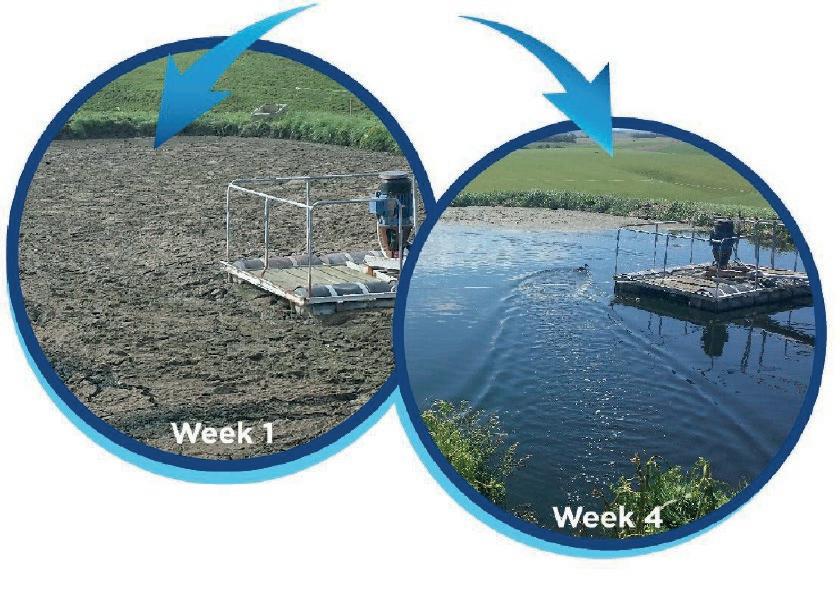
Bio-Boost NPK Foliage Spray travels right to the roots to compensate soil ‘lock-up’ and deficiencies in pasture and crops.
FREE Info pack!

Bio-Boost NPK Foliage Spray is high in energy, with premium levels of Phosphorous, Nitrogen, Potassium and trace elements for good pasture or crop nutrition. Within seconds of application the spray starts to work systemically, helping to correct deficiencies and improve the health of pasture. Reduces the need for supplements, helps with weight gain and productivity.
An excellent natural agent for fast pasture recovery

Bio-Boost NPK Foliage Spray is high with premium levels of Phosphorous, Potassium and trace elements for good crop nutrition. Within seconds of application spray starts to work systemically, helping deficiencies and improve the health Reduces the need for supplements, weight gain and productivity.
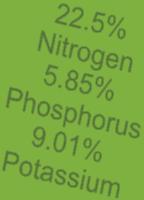
Bio-Boost NPK Foliage Spray travels roots to compensate soil ‘lock-up’ and in pasture and crops.
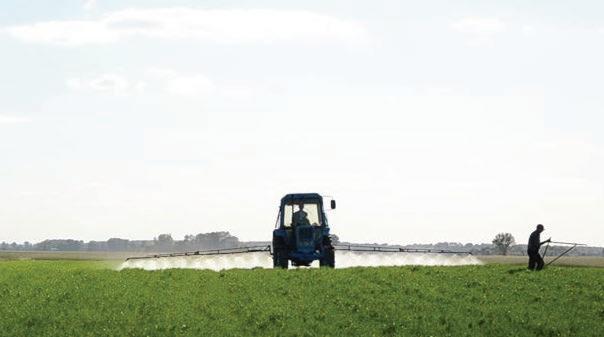
Bio-Boost NPK Foliage Spray travels right to the roots to compensate soil ‘lock-up’ and deficiencies in pasture and crops.
Call 1800 809 229 for more info or visit gfssolutions.com.au
Call 1800 809 229 now, or just send a blank email to: sales@biosystemsaustralia.com.au with "BioForce info" in subject line. (We respect your email privacy)
Call 1800 809 229 for more info or visit gfssolutions.com.au
 Finley High School 2022
school
Finley High School 2022
school
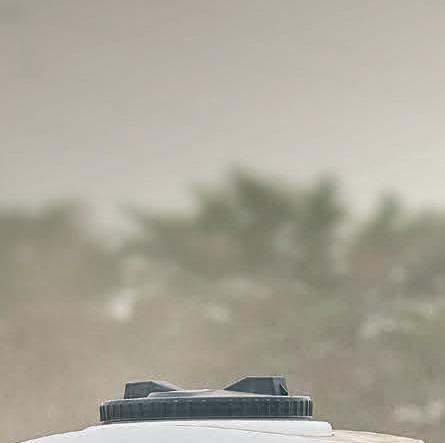

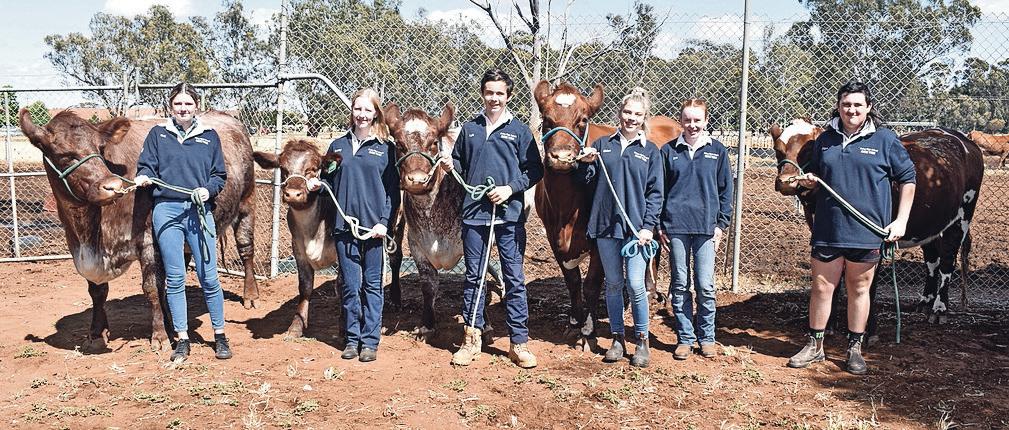
what they love about farming at school — Year 8 girls with a passion for showing sheep, Year 9 boys who are considering careers in agronomy and the daughters of farmers who are hell-bent on going to university to study agriculture then heading home to take over the farm.
Year 12 student Riley Kleinschmidt sees the foundational benefit of learning through agriculture.
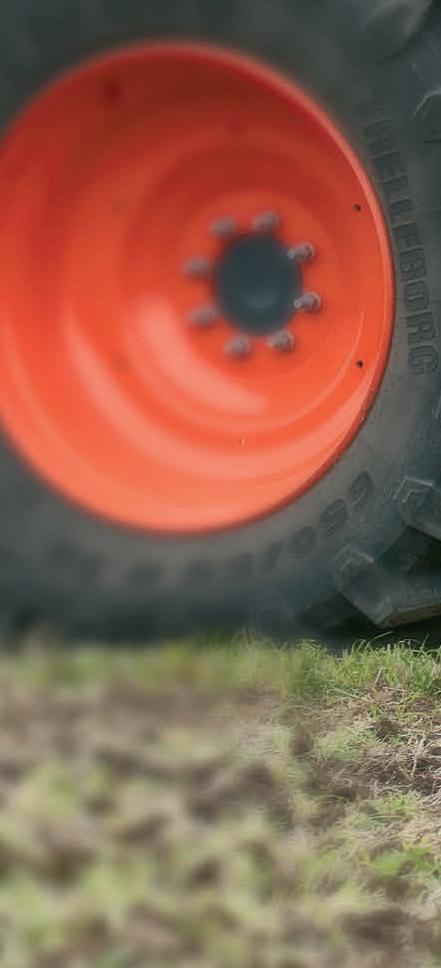

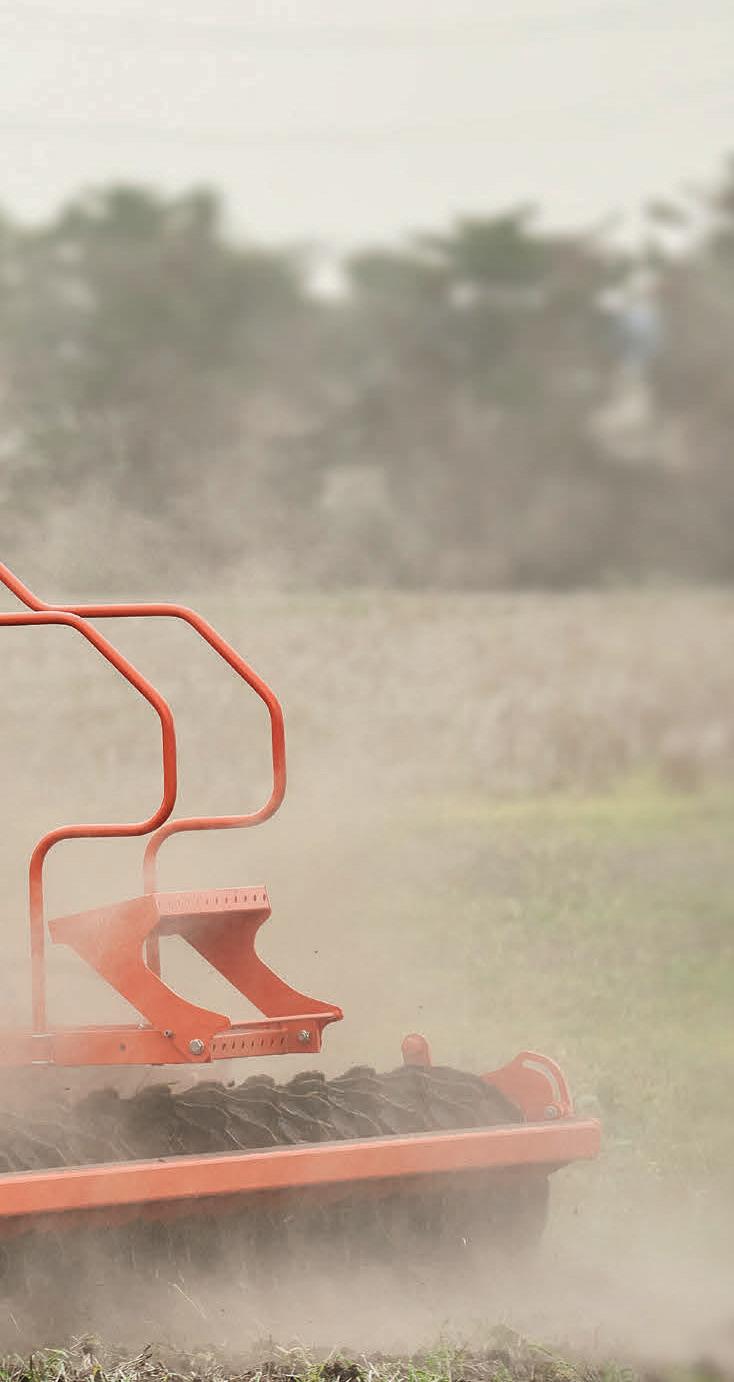
“The use of technology in agriculture is a transferable skill you can take into any industry or occupation,” Riley said.
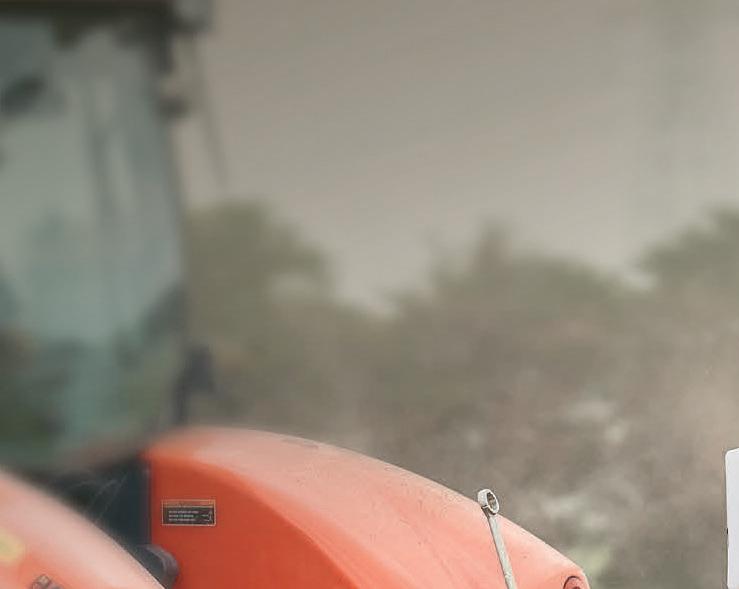
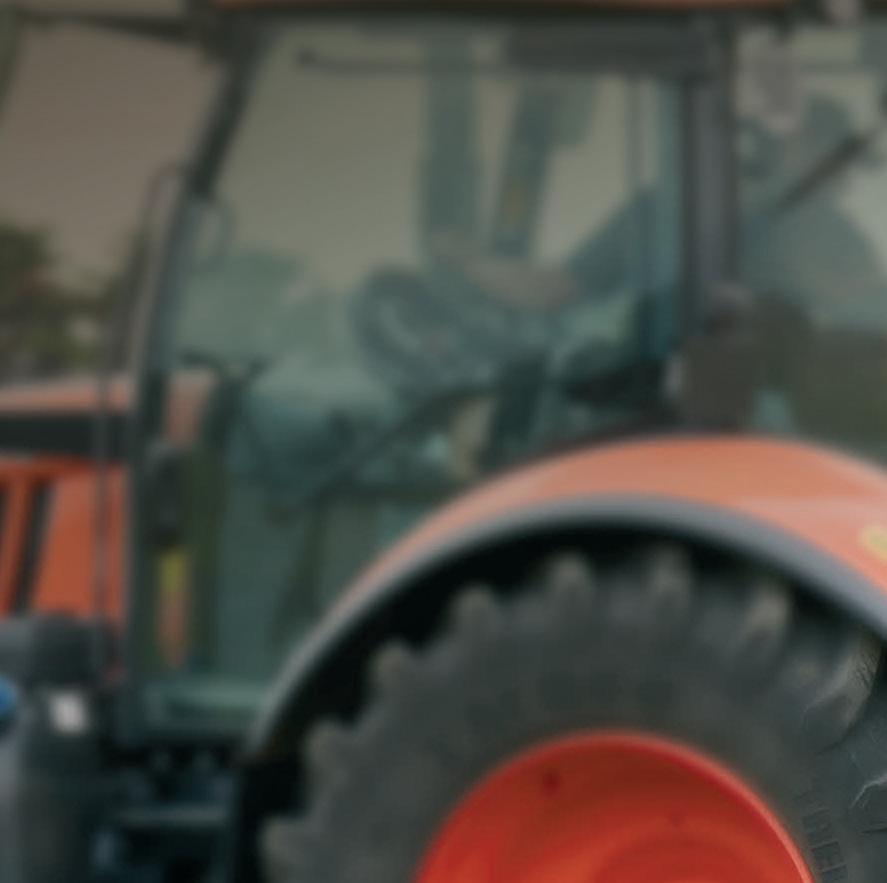
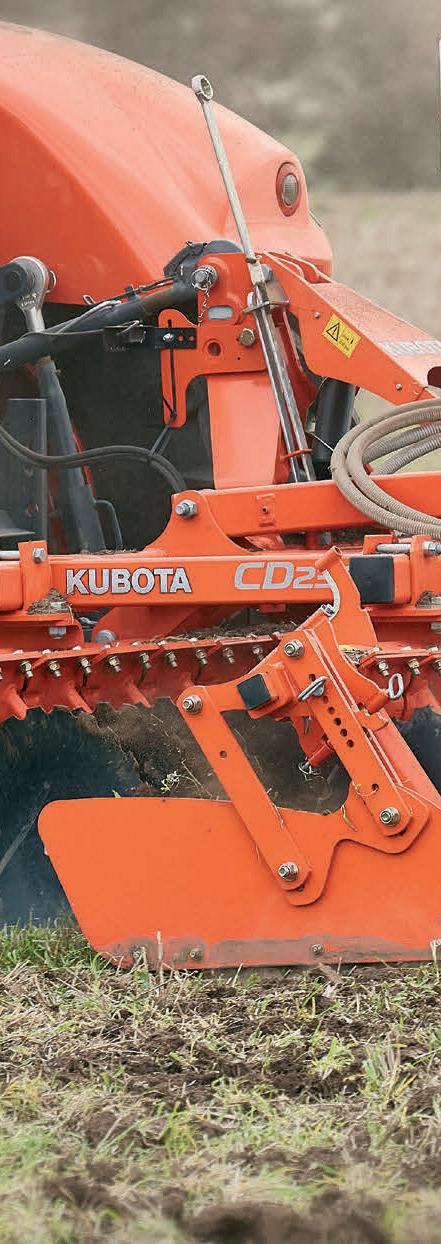

The students learn about electronic identification, artificial insemination, agronomic trials and veterinary sciences.
There is little wonder why staff agree there is a difference in the students that study ag compared to those who do not.
Gary said the local community played a pivotal role in the sustainability of the Ag Plot.
“I have never rung a farmer for a favour and


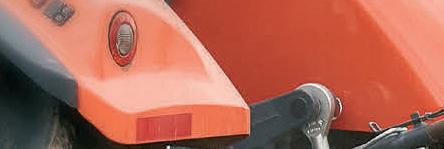



had them say no to anything.”
Local farmers invite students to mark lambs, undertake farm case studies and often donate hay, shearing, livestock and expertise for the betterment of the Ag Plot.
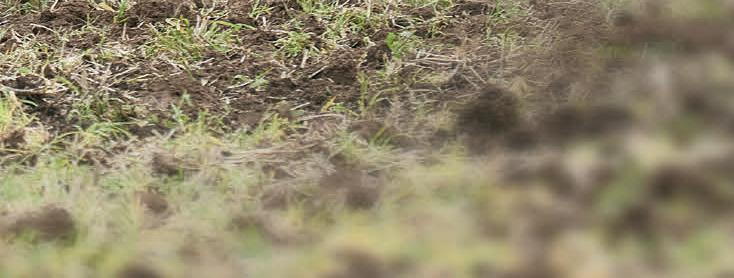
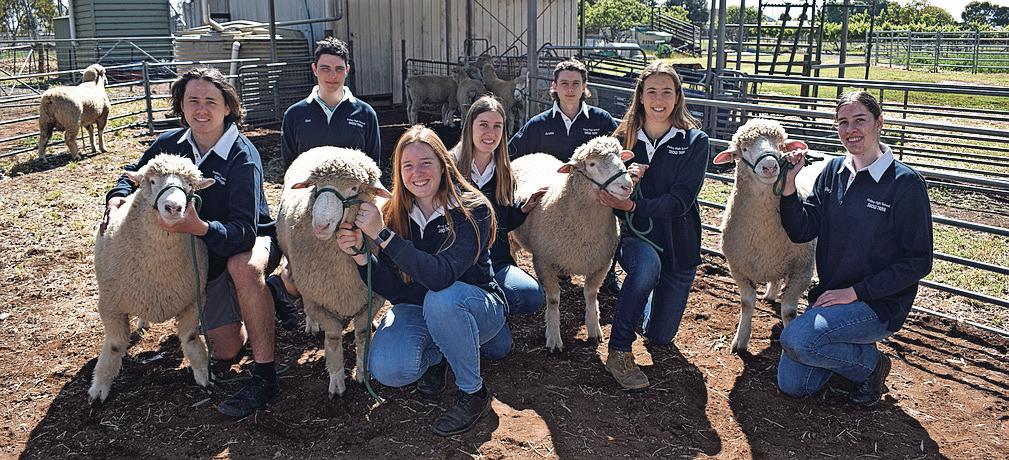
The Finley High students are doing their fair share of heavy lifting when it comes to giving back to the community, too.
During the 2018-19 drought, the students were competing at the Melbourne Royal Show when they started an impromptu fundraiser to ‘save our cows’.
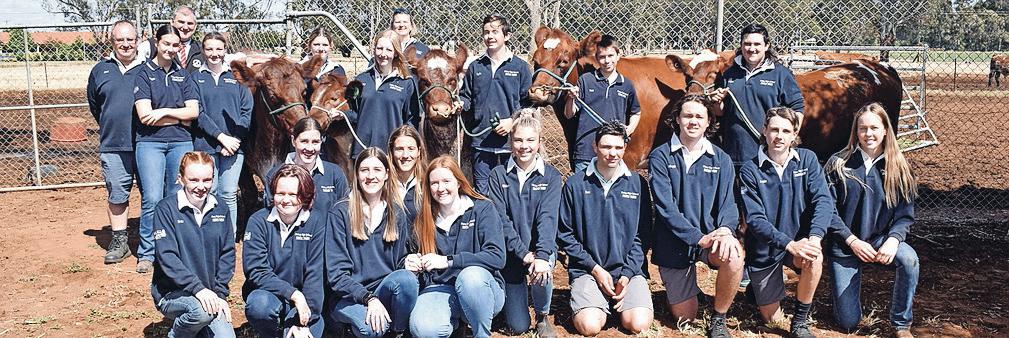
A gold coin donation to pat a calf earned them $3000. However, the real win was the students’ ability to explain the drought and water policy issues to the public.
The young water ambassadors spent the day educating crowds of people about the major impacts of water policy on their region and industry, bridging the urban-rural divide one show-goer at a time.
Charlotte Rafferty, Keeley Peters, Lyle Ackers, Shilo Pyle (Shilo has left school since this photo was taken), Erin Chesworth and Angus Bain with some of the Finley High School cattle. Year 12 agriculture students Hugh Burton, Ben Bauer, Alanna Steel, Madison Kleinschmidt, Archie Mason, Sophie Griffiths and Riley Kleinschmidt.

IRRIGATED AGRICULTURE is already feeling the impacts of climate change disrupting the capacity to grow food and fibre, according to a NSW Irrigators’ Council report launched on November 11.
The report also found climate change impacts were already automatically factored into NSW water management in real time, placing the state’s water sharing framework among the world’s most advanced for climate responsiveness.
“The bottom line is when there is less water in the system, irrigators get cut back first,” NSW Irrigators’ Council CEO Claire Miller said.

“The data speaks for itself, showing a longterm declining trend in water allocations for growing food and fibre over recent decades.
“This trend reflects the observed decline in rainfall and run-off, particularly in the southern Murray-Darling Basin, interspersed with ‘wetter wets’ as we are experiencing now.



“These trends mean irrigators want to be, and must be, at the forefront of conversations on climate change — both mitigation and adaptation.”
The report found irrigators in the NSW Murray were allocated, on average, 81 per cent of their general security licence volume before the turn of the century, but now their licence reliability was only around 57 per cent, even after two exceptionally wet seasons.
Similarly in the Namoi Valley in the northern Murray-Darling Basin, reliability has declined from 77 per cent to around 39 per cent.

“Climate change is well and truly already taking its toll at both ends of the spectrum, with longer, drier droughts interspersed with more intense rainfall periods,” Ms Miller said.
“Both extremes are extremely challenging for food security.”






Water is allocated in a strict hierarchy under NSW law: the top priorities are human needs and water for the environment to ensure that rivers run. After that, water is allocated for stock and domestic uses and, last of all, for irrigation.
“When you look at the data, you can see how the taps get turned off for irrigators first as conditions start to dry, to preserve water for towns, rivers, homes and livestock,” Ms Miller said.
She said the outlook was sobering — the Regional Water Strategy for the Lachlan Valley, for example, forecasts that water licences could experience a 60 per cent decrease in average water availability under long-term climate change projections.

“Our report doesn’t say ‘there’s nothing more to do’.


“In fact, much needs to be done, particularly to secure town water supplies in rural and remote areas of the state — as we should have learnt from the last drought.
“But our report does challenge those who think the solution to water insecurity is as simple as ‘just take it from irrigators’. The data is clear that won’t work.
“For many of the towns facing ‘day zero’ in 2019, irrigators nearby and upstream had been on zero allocations long before.
“Even if all those licences were bought back, they wouldn’t have delivered more water for those towns when they needed it the most.”
In the lead-up to the NSW state election in March, NSW Irrigators’ Council is urging all political parties to commit to ensuring no town faces ‘day zero’ — when an extreme lack of water forces residential taps to be turned off — through effective infrastructure and other solutions.


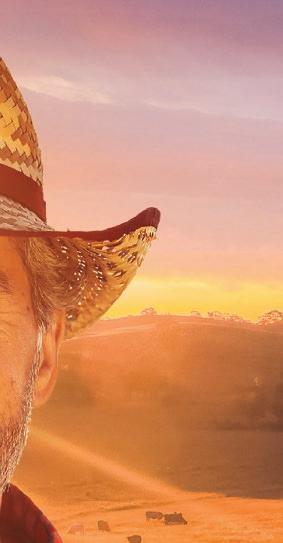
The NSW Irrigators’ Council report came out as world leaders met in Egypt for COP27, with the impacts of climate change on agriculture, food production and food security at the forefront.
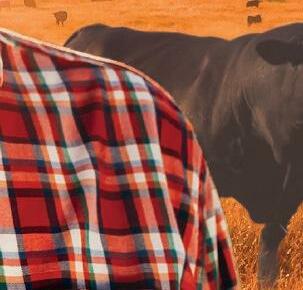
NSW Irrigators’ Council supports a net zero, economy-wide emission target by 2050, and an ambitious target to achieve carbon neutrality across the irrigated agriculture sector industry by 2030.




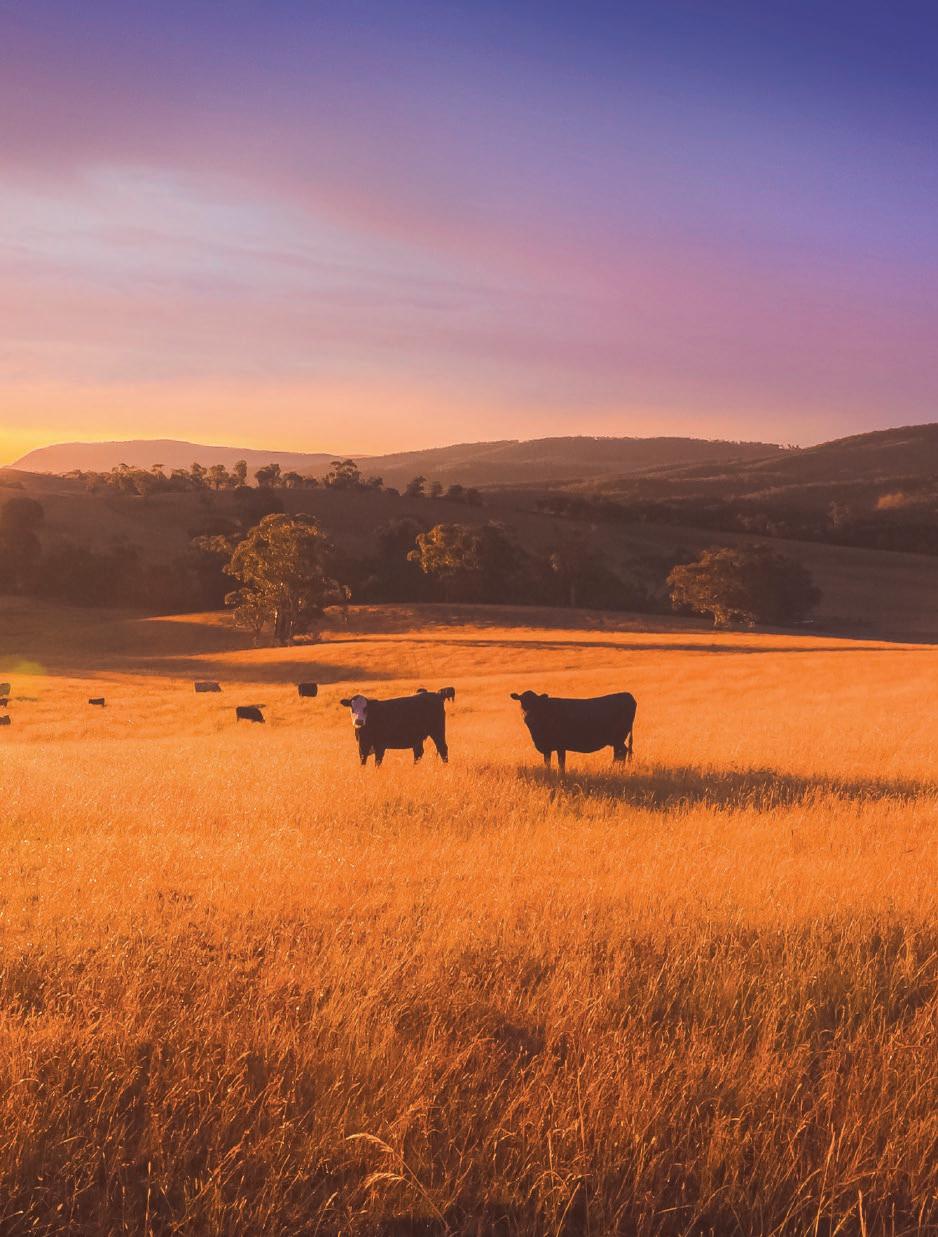
“We have a very agile irrigation sector in NSW to be able to withstand droughts with no water, and then harness the potential of flooding rains when they come,” Ms Miller said.
“But we need policy settings to support that agility as it is increasingly tested, so we can continue to grow food and fibre for Australia and the world.”
The full report is on the NSW Irrigators’ Council website.

A large chunk of the crops on the Bunbartha property John Stephens farms with his father David Stephens went under water or are in paddocks that are too wet to harvest.
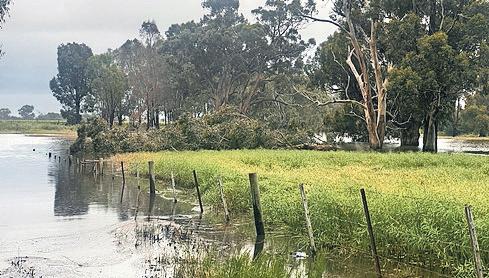
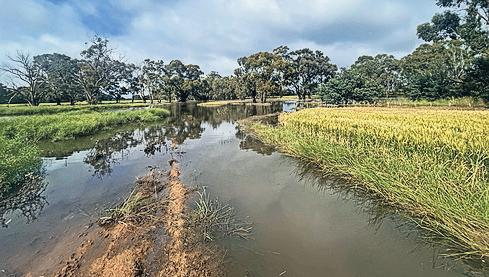
They also had to move 100 Holsteins they had agisted on the property to higher ground after water from Loch Garry Rd bridge spilled onto their land and got caught in depressions during the October floods.
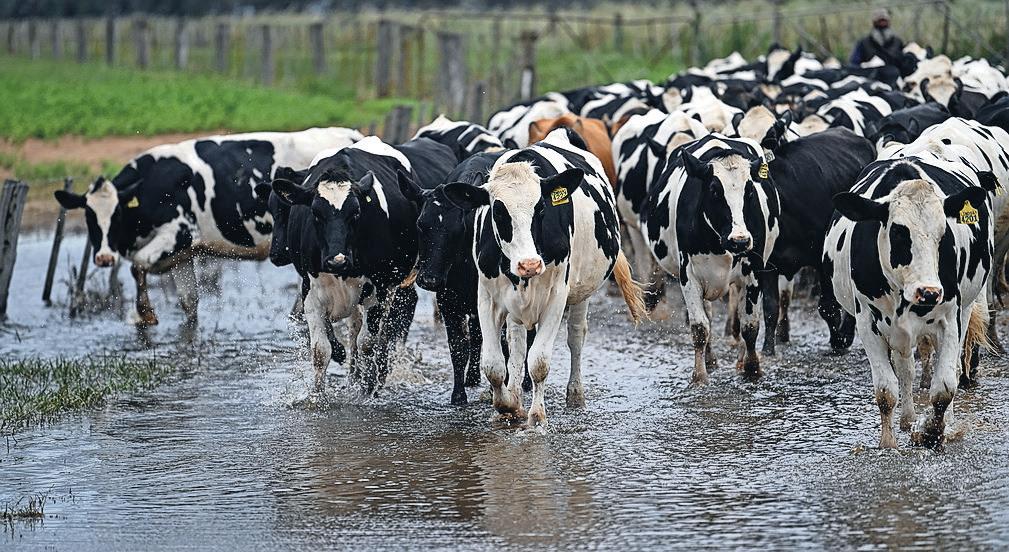
The cows were moved a paddock close to David’s house, where they were fed wrapped hay baled last year.
John said he was at the local community centre helping fill sandbags for others in the lead up to the floods, and did not start to prepare his own property until Tuesday, October 18.
“We had to make a call to move the cows ... as the lake started to fill,” John said.
“It was an interesting four days.”
John estimates half of his 90-hectare canola crop went under water.
And he fears for the rest.
“It was a sensational crop,” he said.


“But I can’t see the floodwater going or the rain stopping enough to get a windrower or harvester in there.
“If we get on to harvest, it should be okay.”
He said 20ha of his wheat crop could also “go either way” as the crop was locked in by water and it would be hard to get machinery in there when needed.
“I have a great crop on high country, but there’s a (land) depression to get there.”
There are also sections of the crop that had a big depression through them and John is concerned the water will drain to low spots and then sit there.
“Most of the wheat will be touch and go.”
John said at least half the farm was affected by water.
“The best case scenario is 30 per cent of the crops will be lost to floodwater,” he said.
















And the worst case?

“About 45 per cent. I don’t even want to think about that.”



























The Stephens family only switched from orchards to hay and cropping three years ago, so John said he was no stranger to losing crops at the last minute.
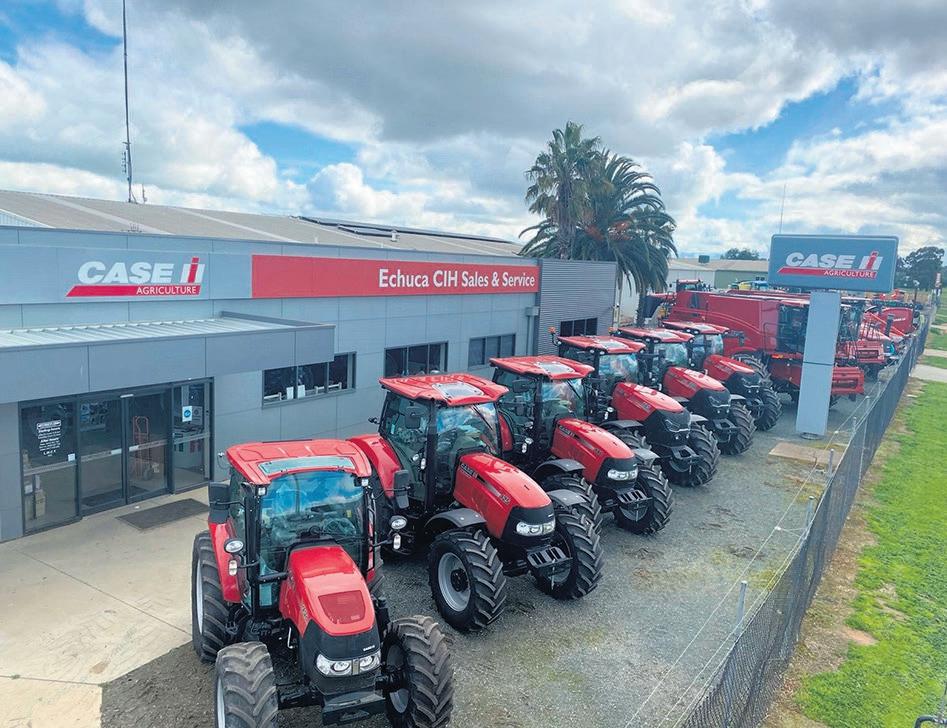
“Coming from fruit farming, you never think about the harvest until you’ve sold it,” he said.

“I’ve built a bit of resilience. It’s not real until you see it on paper.”
With fertiliser and chemical costs skyrocketing this year, he is now just hopeful of saving as much of the crop as possible.
“This year inputs were so high. That adds extra pressure to the bottom line.”
















































He is also concerned that in the coming months there will not be feed for stock in the region.
“There’s not going to be any feed around. It’s a wipe out this year.”
He said all cereal crops would be too late now to harvest, which would lead to a lack of hay.
 Holsteins were moved to dry ground at John and David Stephens’ farm at Bunbartha.
Photo: Holly Daniel
The flooded crops at John Stephens’ Bunbartha property. While the top of part of the crop is showing, the bottom is all under water. Photo: John Stephens
Floodwater inundated about 30 per cent of the crops at John Stephens’ Bunbartha property that he farms with father David Stephens.
Holsteins were moved to dry ground at John and David Stephens’ farm at Bunbartha.
Photo: Holly Daniel
The flooded crops at John Stephens’ Bunbartha property. While the top of part of the crop is showing, the bottom is all under water. Photo: John Stephens
Floodwater inundated about 30 per cent of the crops at John Stephens’ Bunbartha property that he farms with father David Stephens.
GOULBURN-MURRAY WATER has established a dedicated flood recovery team to support its customers and communities.
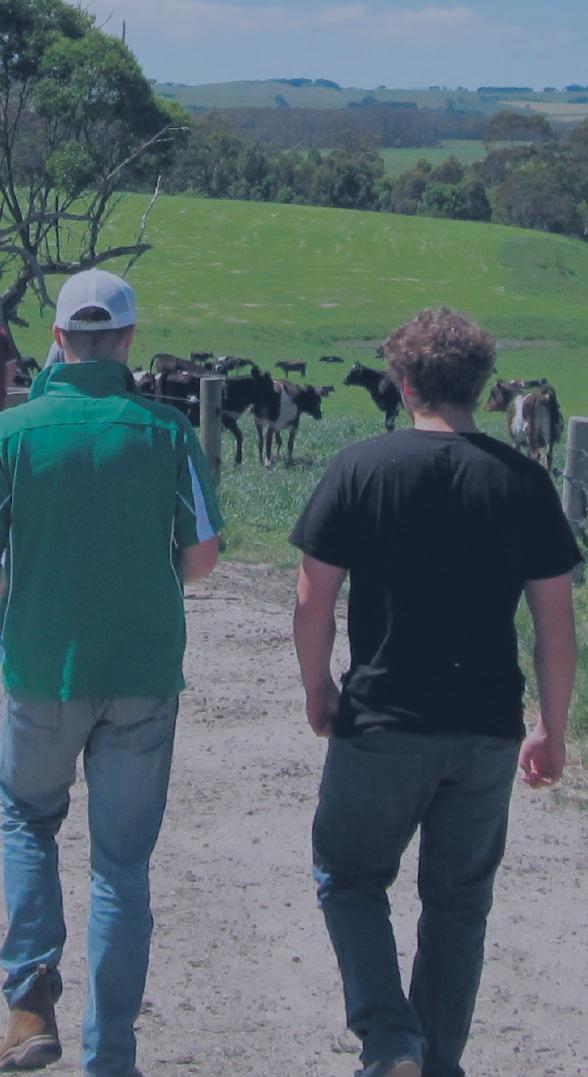
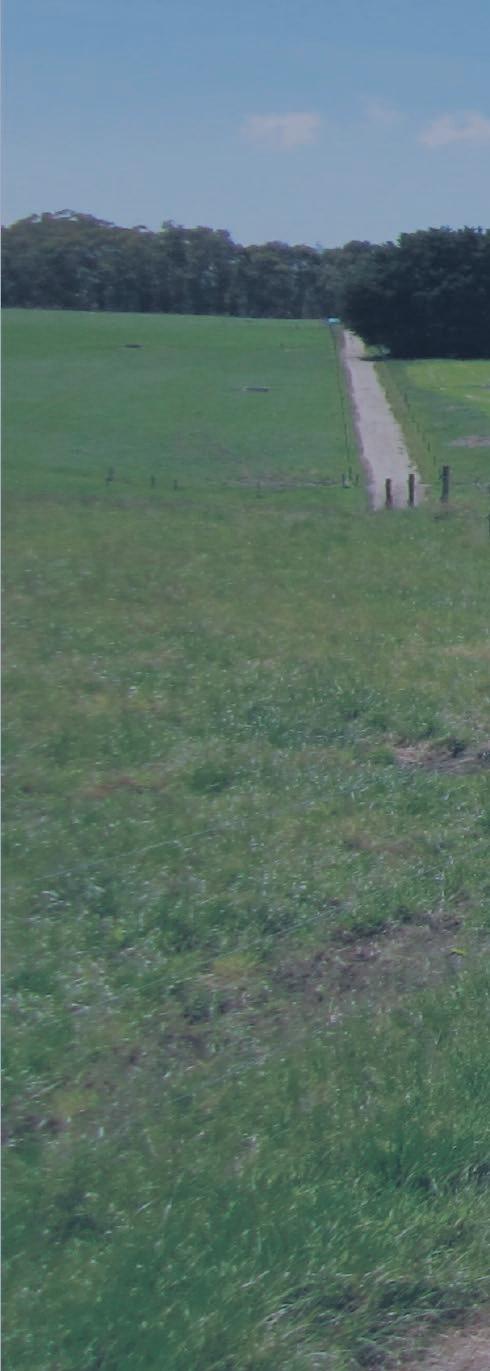
G-MW incident and recovery general manager Daniel Irwin said G-MW was continuing to respond to the flood event, with a particular focus in the western area of the region at the moment.
“Our central and eastern areas are now beginning to transition to the recovery phase,” Mr Irwin said.
He said customer queries were currently focused on requests to pump water off their properties into G-MW channels or drains.
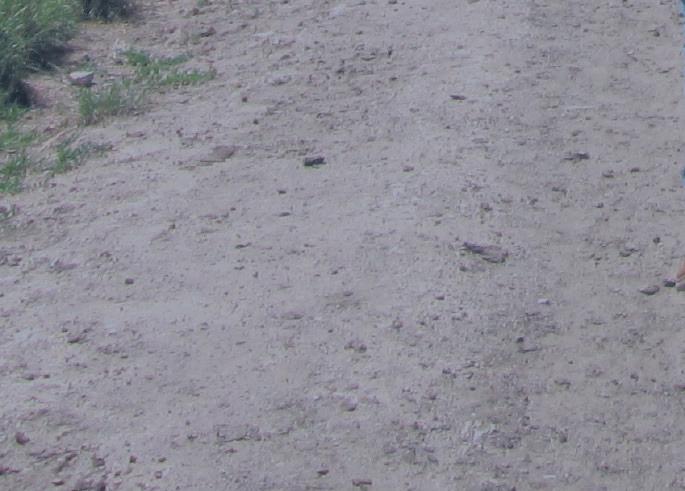
“We ask that customers contact G-MW

before doing this as pumping into a channel or drain could impact customers further downstream.

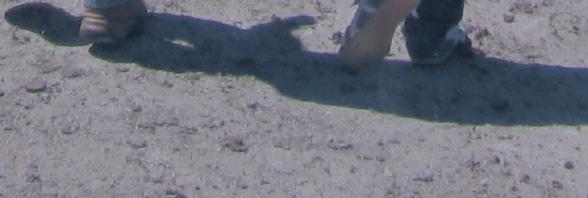

“Customers in flood-affected areas should also monitor water drawn from rivers, creeks or the irrigation system, as floodwaters can have a detrimental effect on water quality.”
Mr Irwin said storages were being managed in line with the relevant operating plans, based on the conditions at each site.
“This means we are continuing to assess our assets that have likely been impacted by floodwater and commencing priority works on infrastructure repairs,” he said.
“We are also identifying support initiatives for our customers, including replacement of customer records and financial hardship considerations, and attending community recovery meetings.”
G-MW’s Tatura, Kyabram, Shepparton and Cobram Customer Service Centres have now returned to their standard operating days and times, while the Kerang and Rochester centres remain closed.
Mr Irwin welcomed customers to contact G-MW to discuss their flood recovery needs.
“We also want our customers to know that we are there to help them through this time
— we will work closely with impacted communities over the coming weeks and months.”
G-MW will replace any water entitlement records and statements free of charge, and records can be sent to an alternative address if required.
To ensure the privacy of customer information, G-MW will verify the identity of people who request new copies of records.
Support for hardship in paying accounts is also available.

For more information on how G-MW can help with flood recovery, phone 1800 013 357 or visit: www.gmwater.com.au/flood-recovery
Goulburn-Murray Water has developed two new interactive maps to help show customers how flood recovery works are progressing in areas where the floodwater has receded.
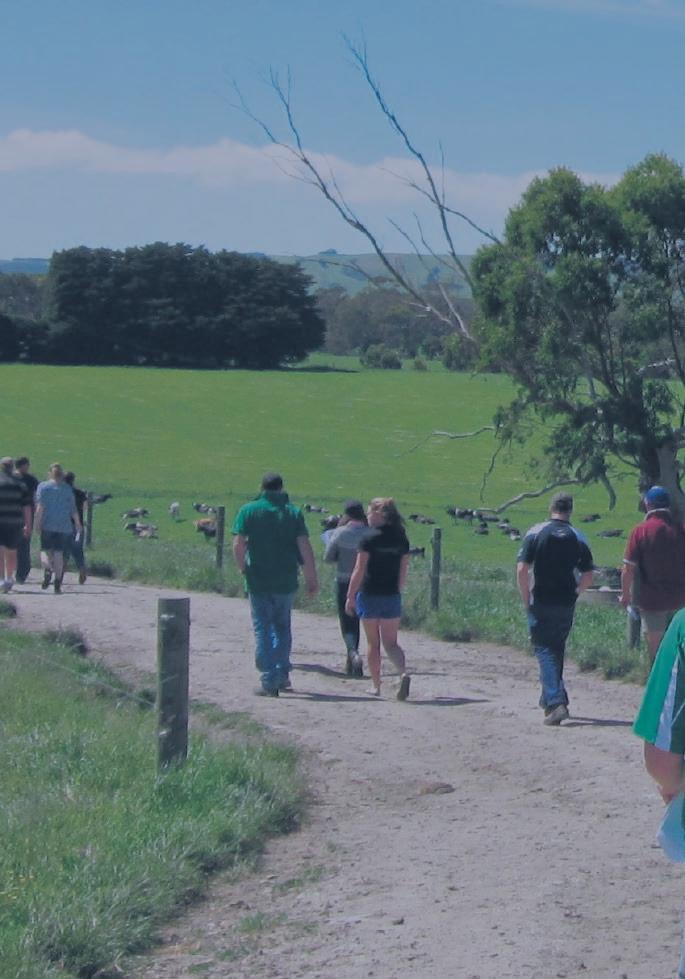
The water corporation is currently undertaking extensive maintenance and repair works on assets and infrastructure across its region following significant rainfall throughout October.
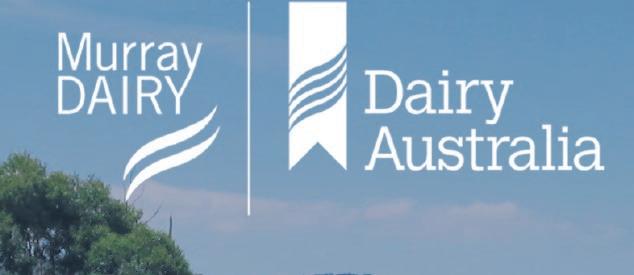
Subsequently, some delivery networks need to undergo repairs before customers with service points on the network can order water again.
G-MW incident and recovery general
manager Daniel Irwin said the interactive maps would help customers understand which areas had been impacted.
“The incident and recovery team has made the identification and reinstatement of flood-impacted assets a priority,” he said.
“Customers can use the interactive Water Delivery Availability Status map on our website to see whether their network has been affected or whether they are able to order water as normal.”
The Water Delivery Availability Status map allows customers to search by their meter outlet number to find out if water delivery is available.
Customers who attempt to place an order while their water delivery network is under maintenance will receive a message asking them to speak to a G-MW planner so they can confirm their needs and follow up on the required maintenance works on the system.
G-MW has also developed an Infrastructure Recovery map to provide an overview of assessments and repairs.
The map shows the locations of repair works and their status. It also details the number of rapid assessments that are pending and the number that have been completed.
“Based on the extent of the flooding in different areas we have identified which of our assets may have been impacted and scheduled an assessment to be undertaken,” Mr Irwin said.
“If the assessment reveals an asset does need repair, it is then added to our list of required works.
“The Infrastructure Recovery map enables people to see where assets have been repaired and where we have identified assets in need of repair.”
You can find the interactive maps at: www.gmwater.com.au/flood-recovery

THE UNIVERSITY of Melbourne’s Dookie dairy farm survived almost total inundation from the nearby Broken River during the October floods.
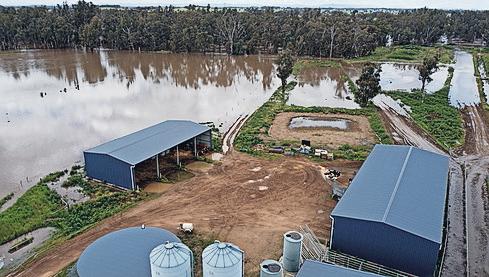
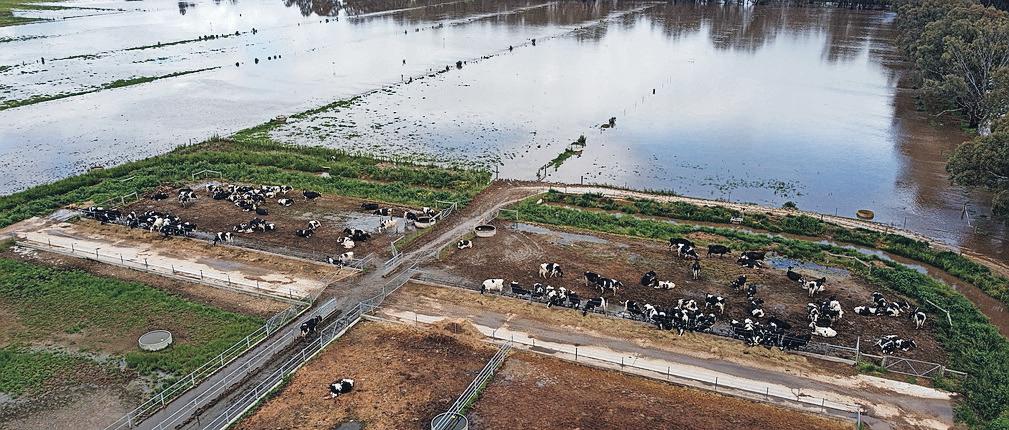
The farm’s 160-cow herd had to be rounded up and moved to the highest patch of ground near the milking shed.
The three expensive robot milking machines also survived the flood.
Most of the farm was covered by water by Saturday, October 15.
Dookie dairy farm co-ordinator Louie Minoza said it was quite a task herding the
Social enterprise Community Business Connect, part of the AgBiz Assist group, has received a $2.3 million grant from the Federal Government for the Rural Connectivity for Recovery and Resilience Project.
CBC offers a range of IT and connectivity products and services to residential and commercial users across regional Victoria and NSW.

Following the 2019-20 black summer bushfires, CBC identified an urgent need
farm’s calves onto higher ground.
While the livestock was saved, some milk had to be dumped because tankers could not access the farm.
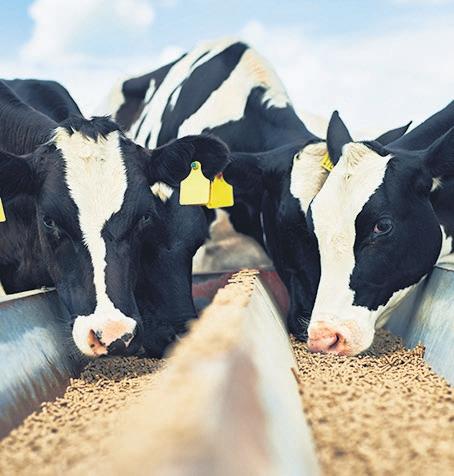
to improve mobile signal quality in the bushfire-affected areas of Towong and Alpine shires, where blackspot prevention programs are unlikely to assist in the near future.
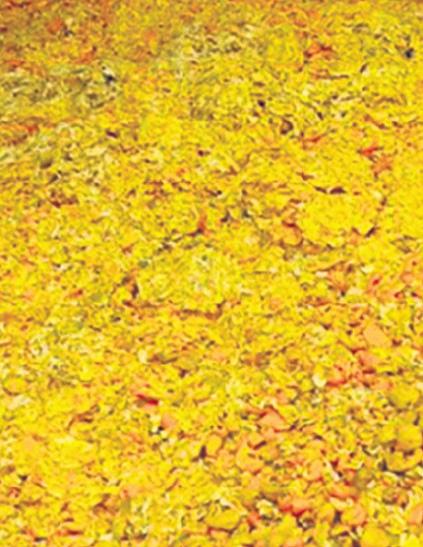
Faced with the challenge of solving the unique issues experienced by those in rural communities and with post-disaster community recovery in mind, the RCRR project was developed.
The Federal Government funding will help with the distribution and installation

of no-cost mobile signal boosters to residents in low coverage areas identified within the Alpine and Towong shires.
CBC will visit these areas and offer, in addition to the boosters, one-on-one education, support and communication analysis.
“The RCRR project will help to address the availability of a usable mobile signal in bushfire-affected communities,” CBC’s Dan Fewster said.
"This project will endeavour to bridge
the gap in mobile connectivity in some of our region’s most affected rural communities.
“Despite having been unsuccessful to date, Community Business Connect will continue in their efforts to secure additional funding for the same or similar program within the Indigo Shire.”
More information is available at www.cbconnect.com.au/rcrr or by phoning 1300 844 420 or via email at: enquiries@cbconnect.com.au



